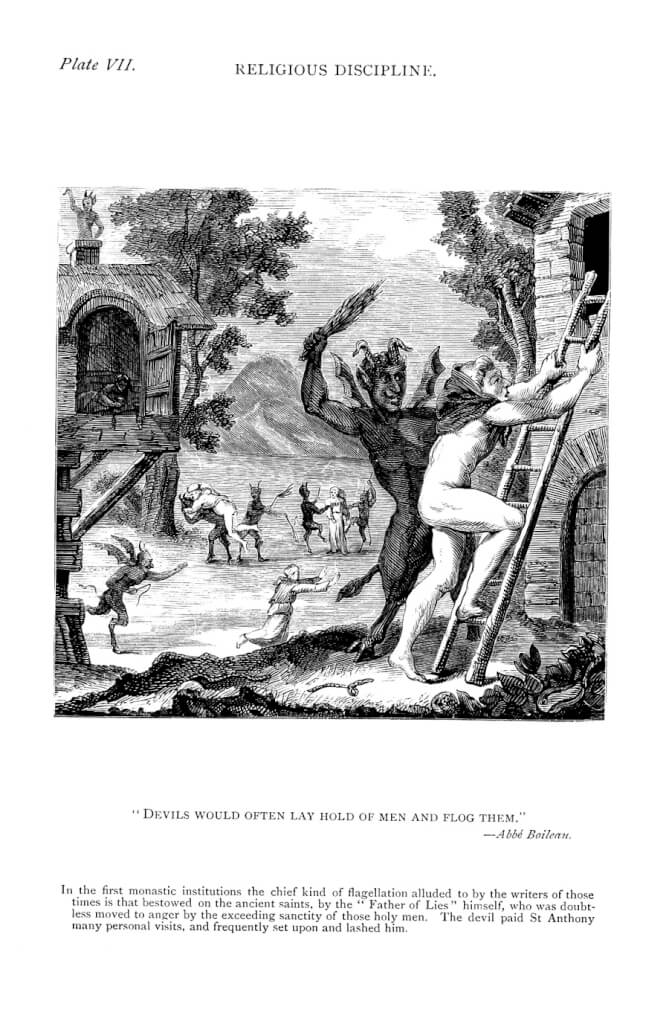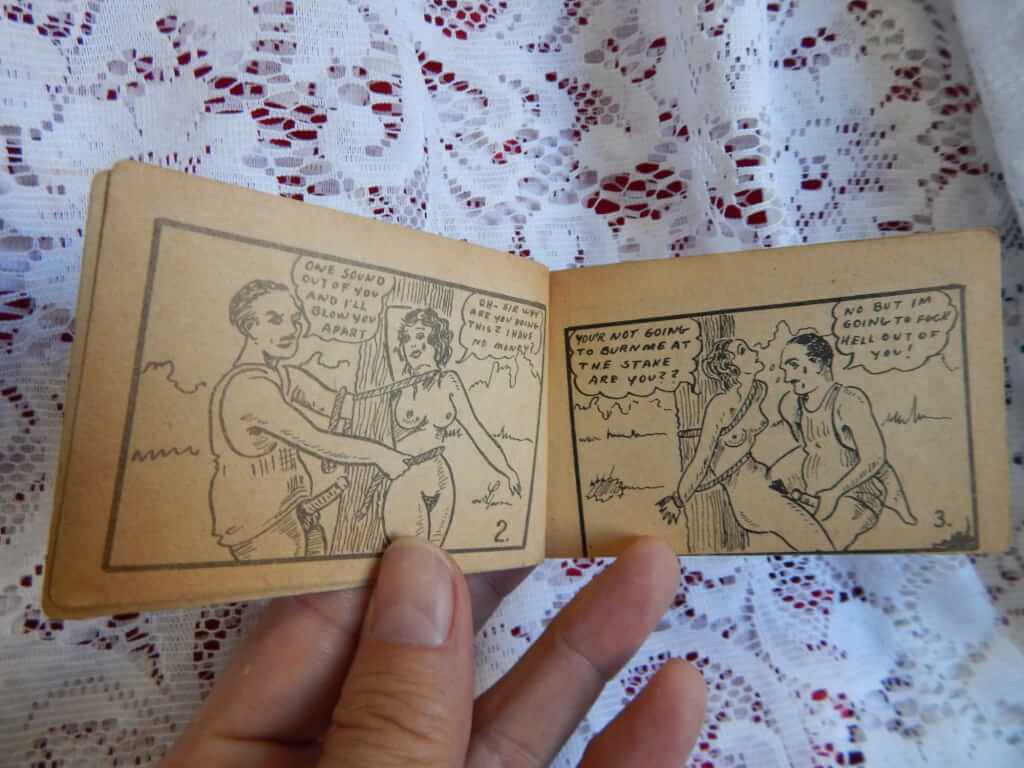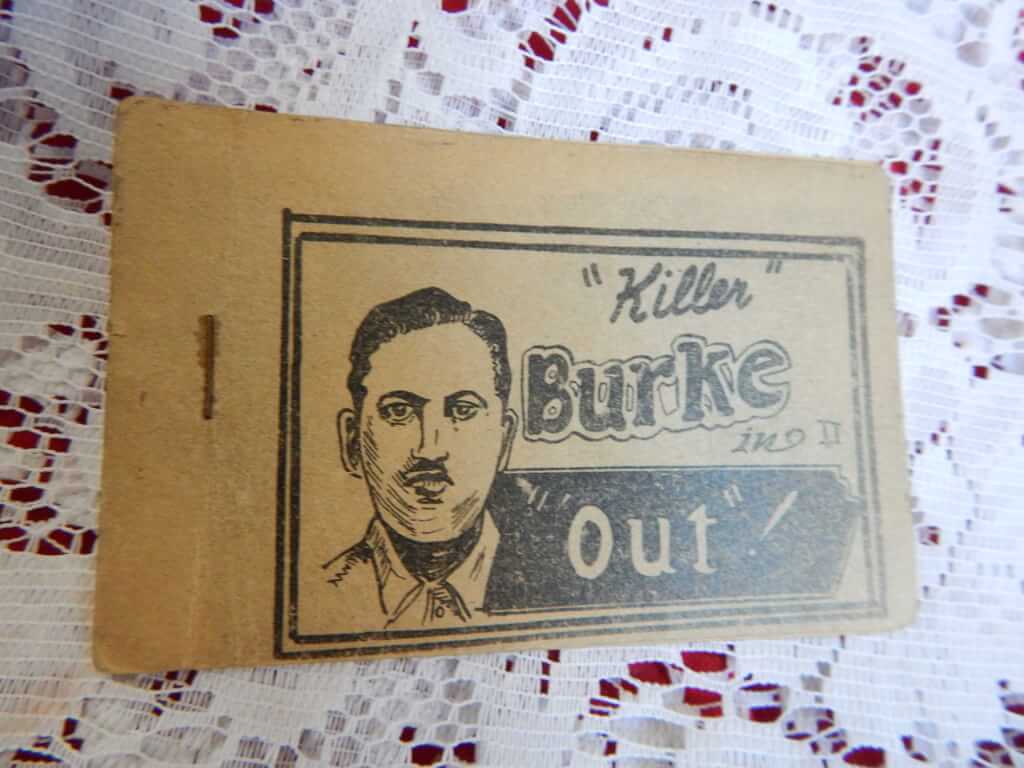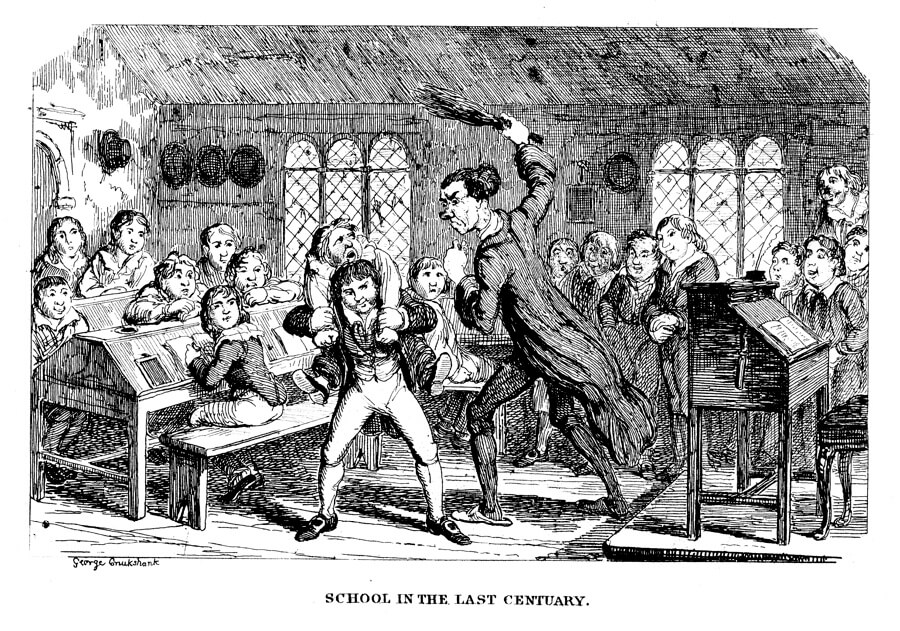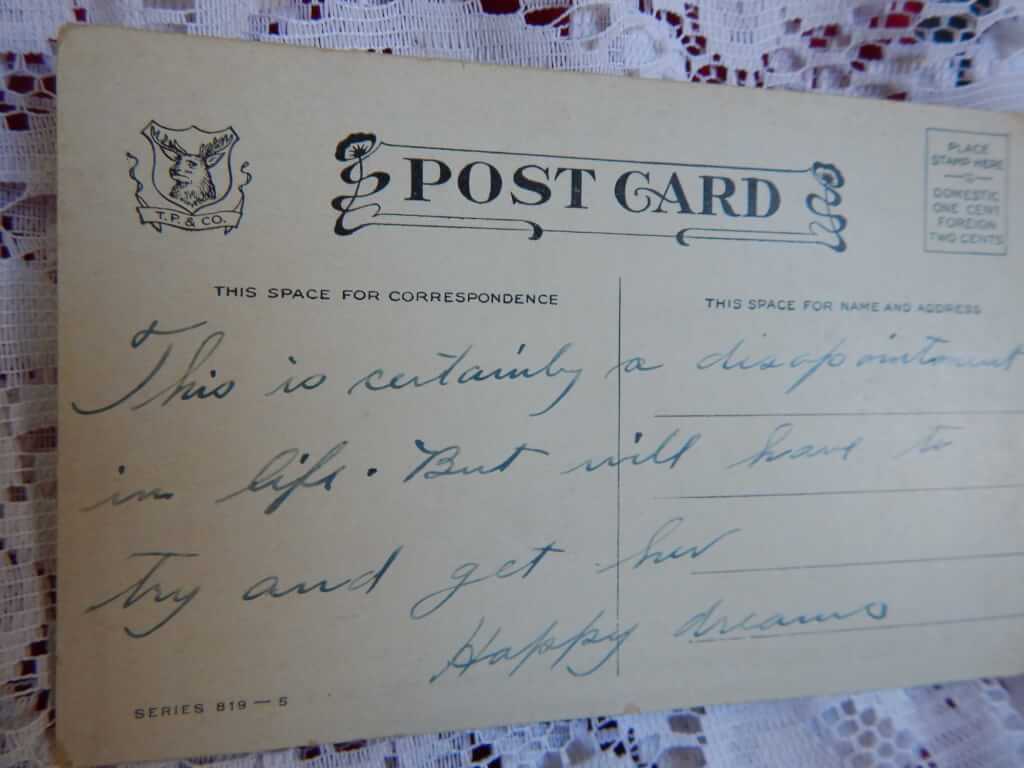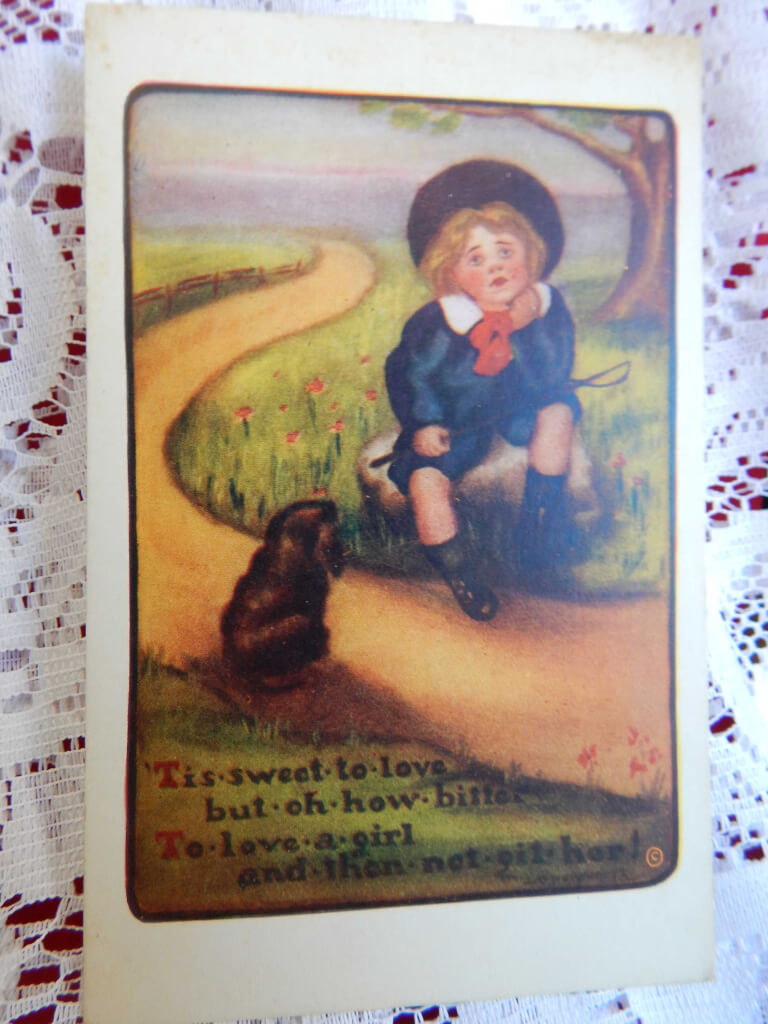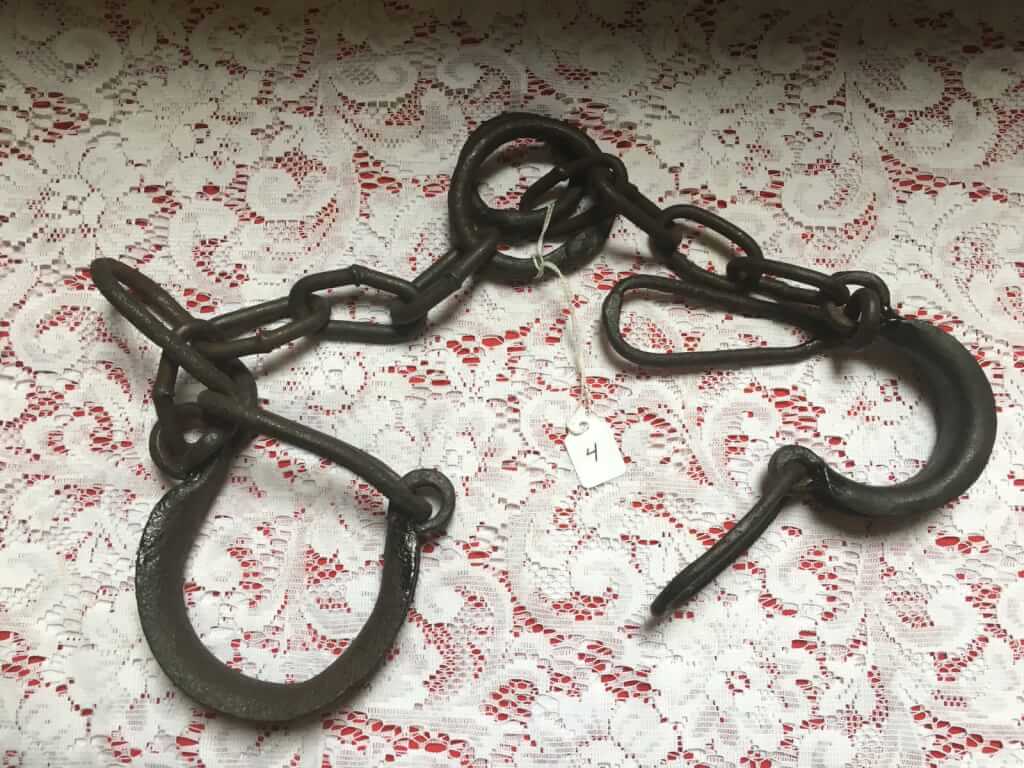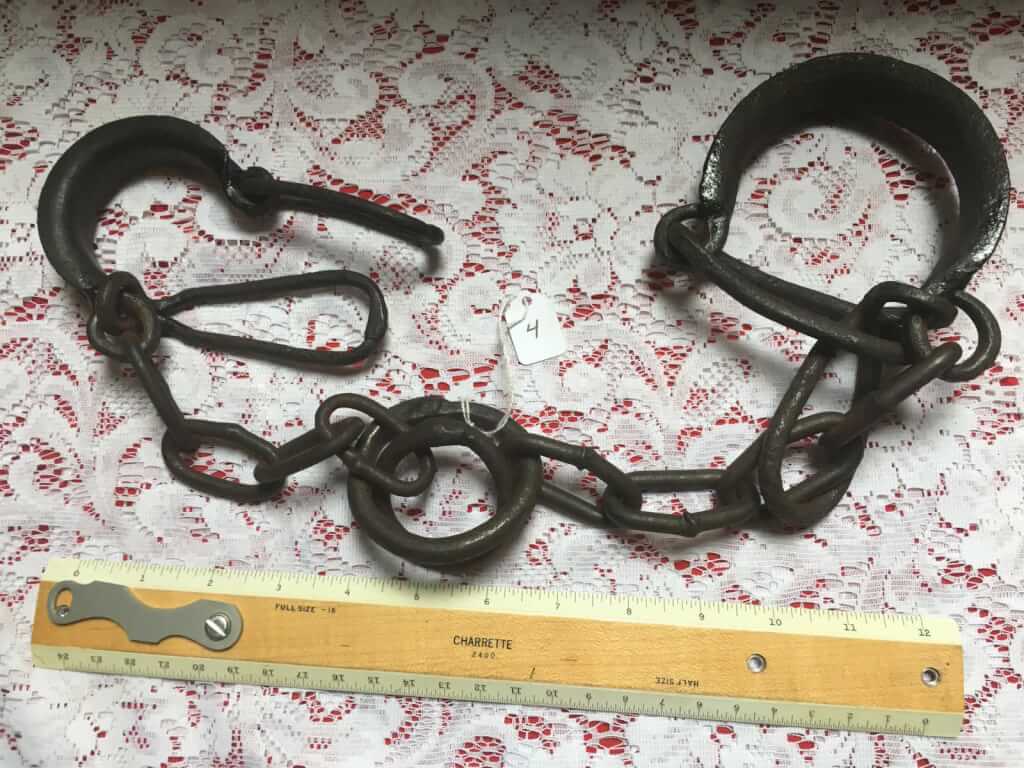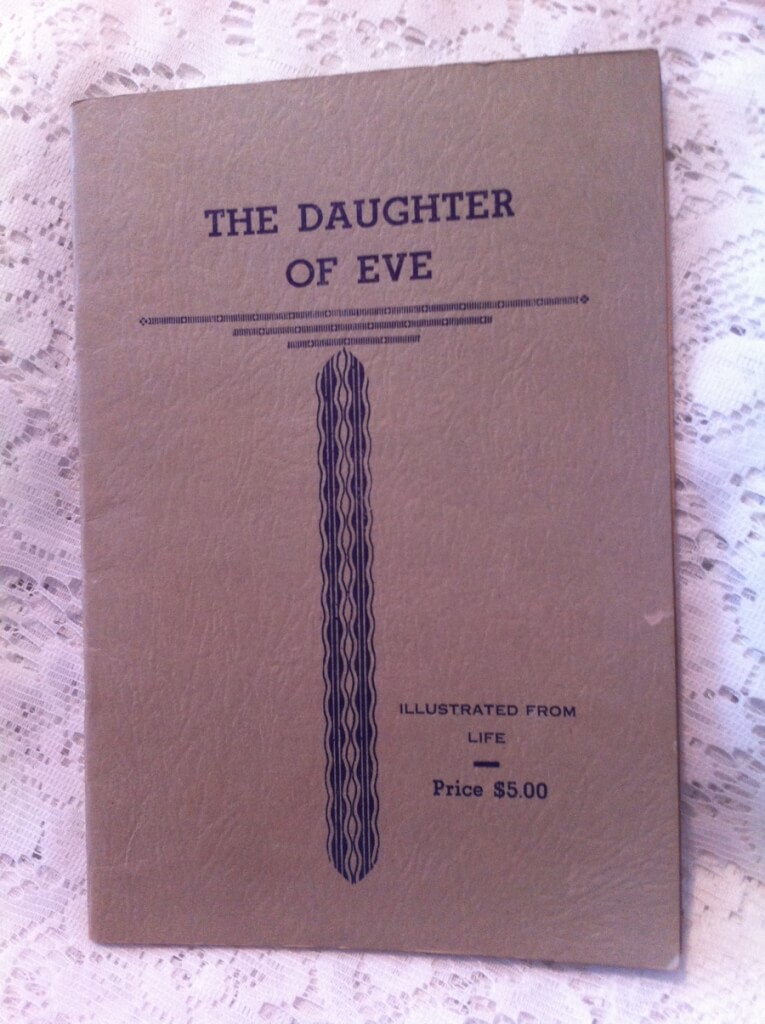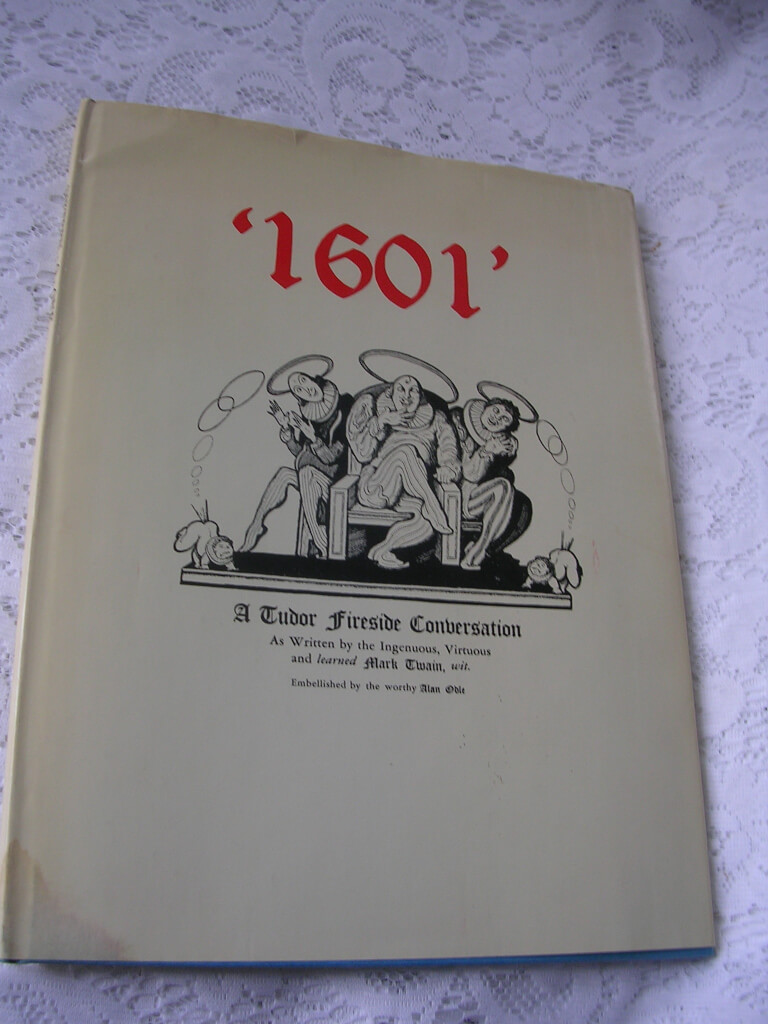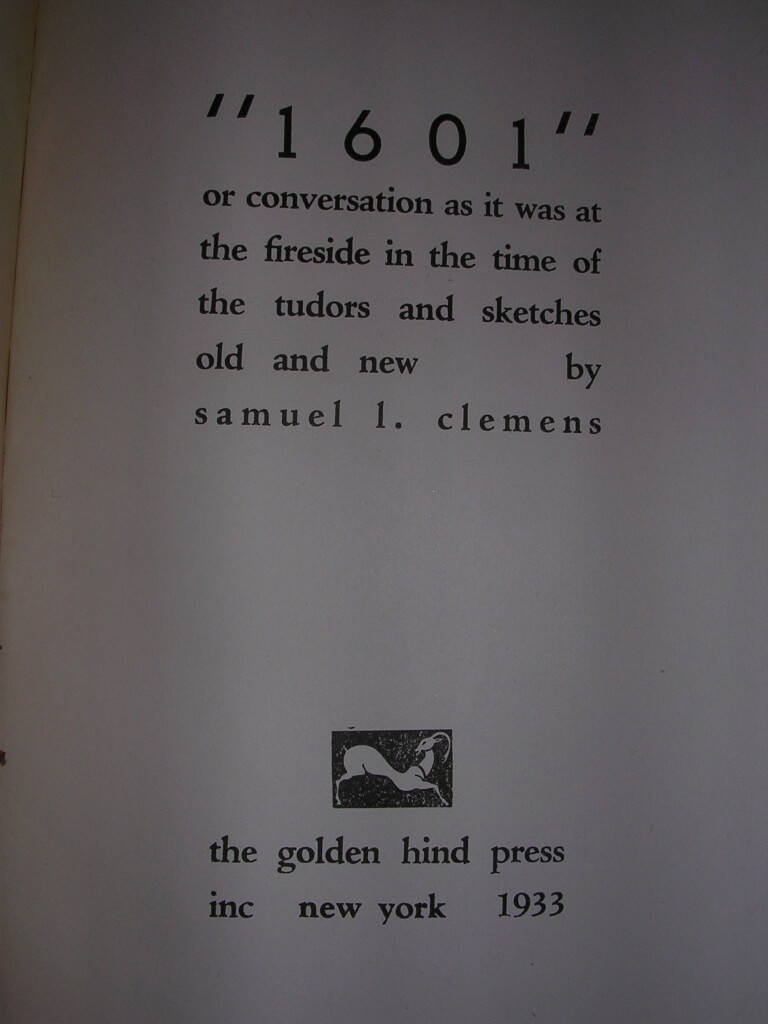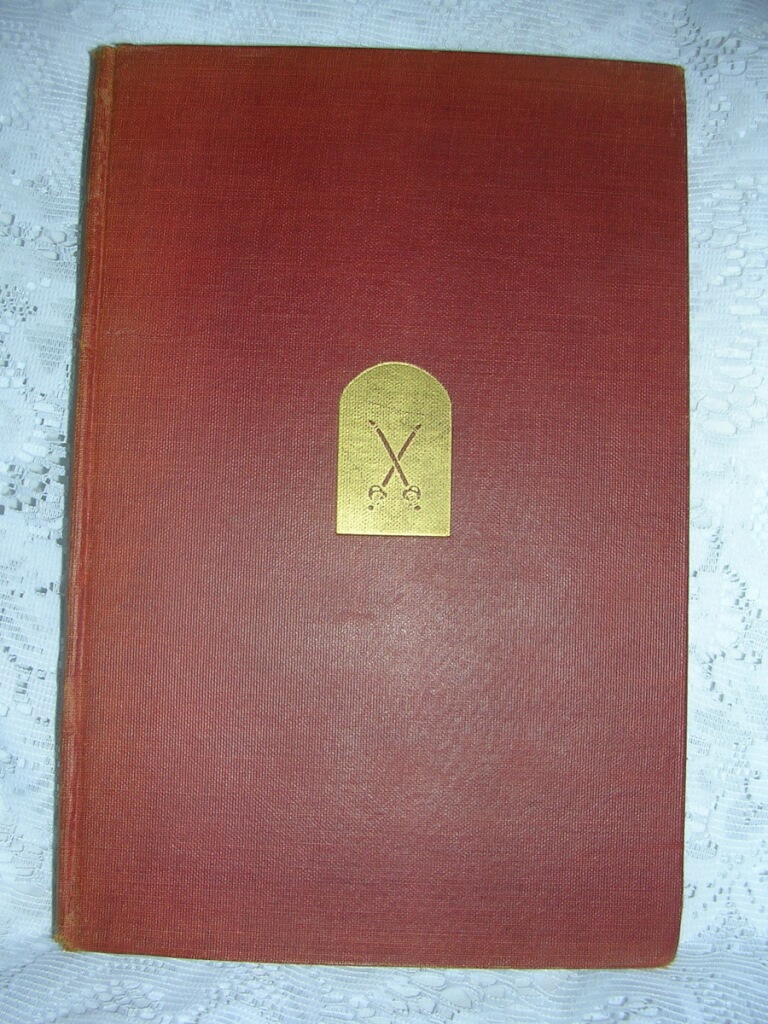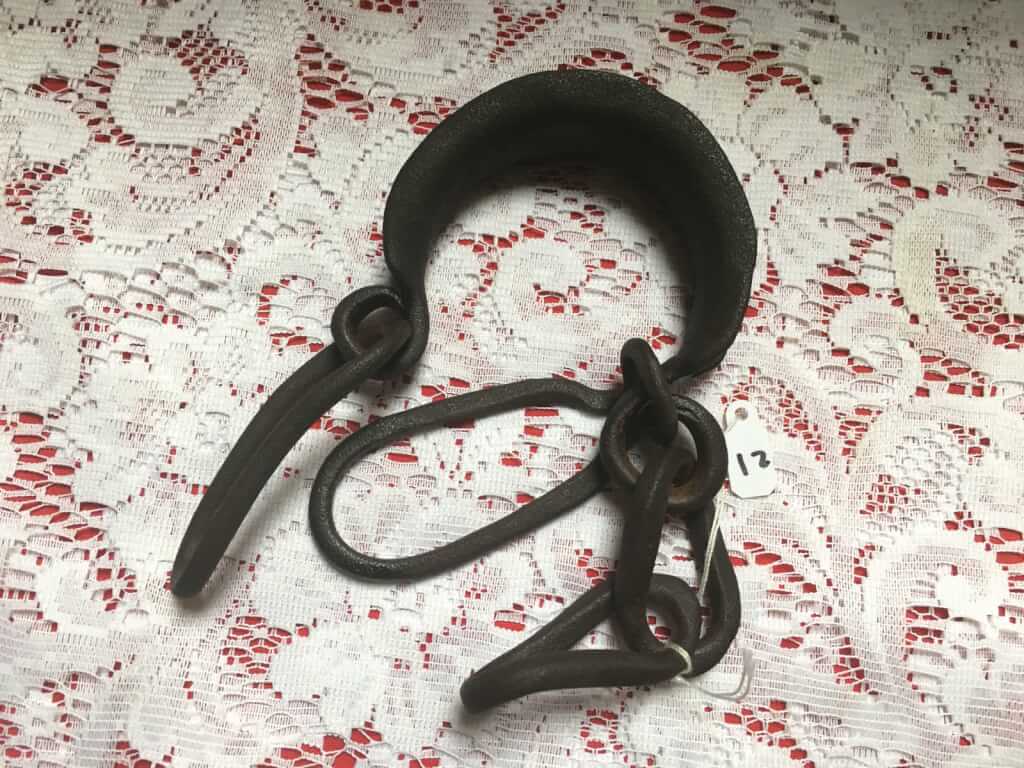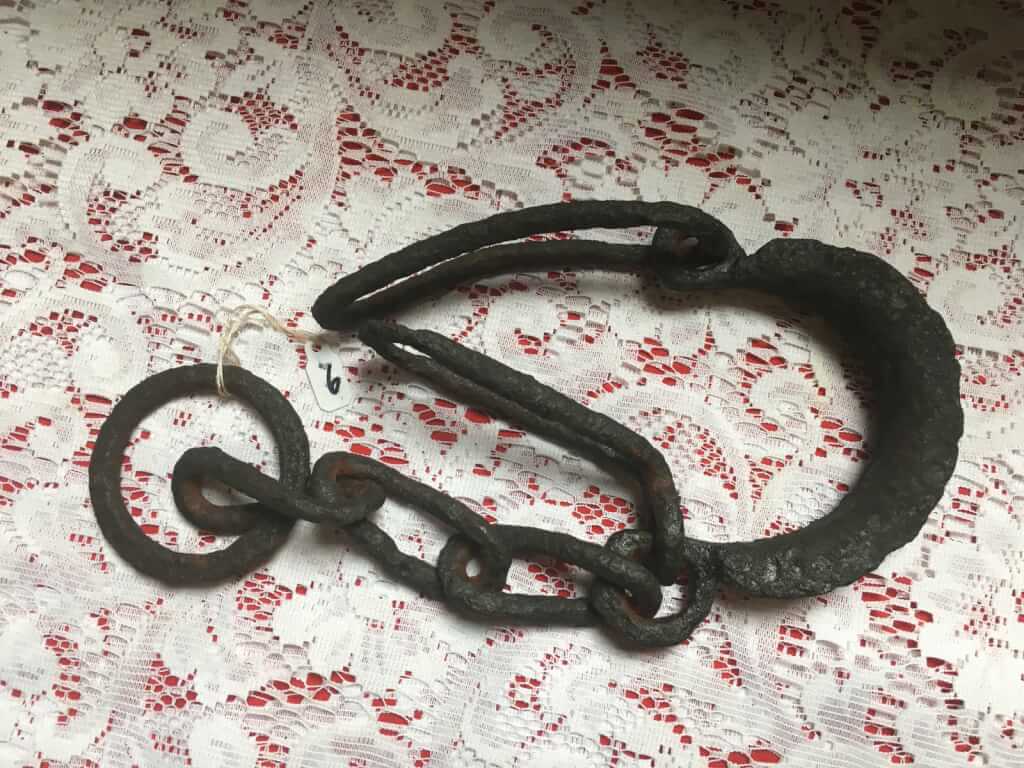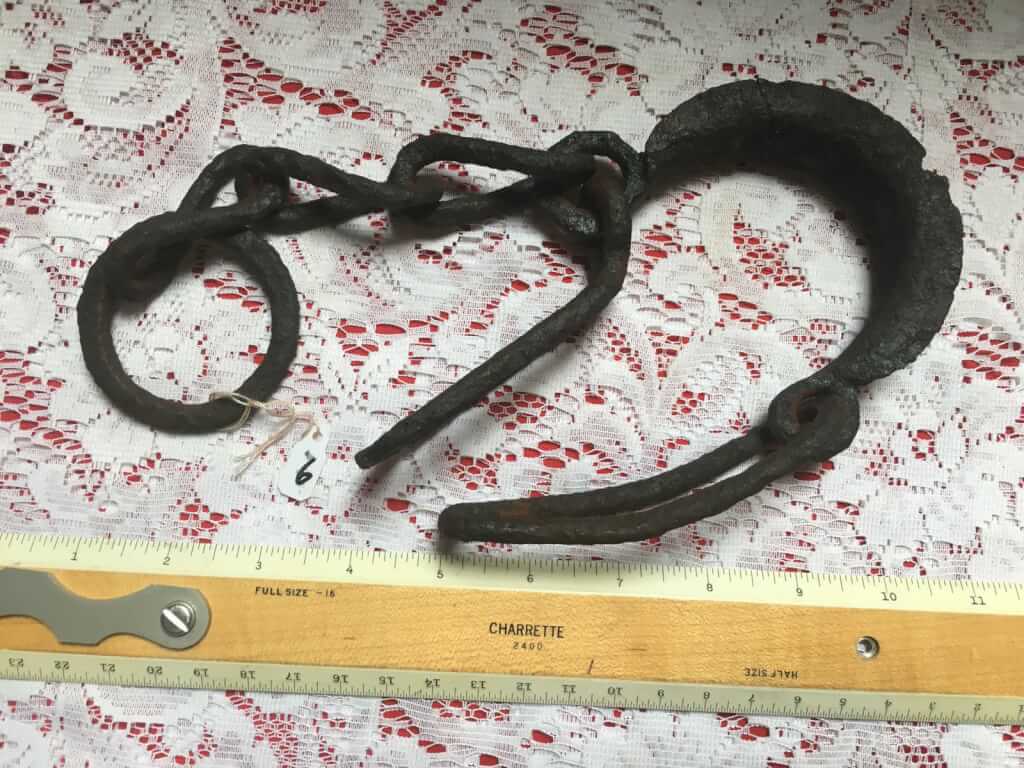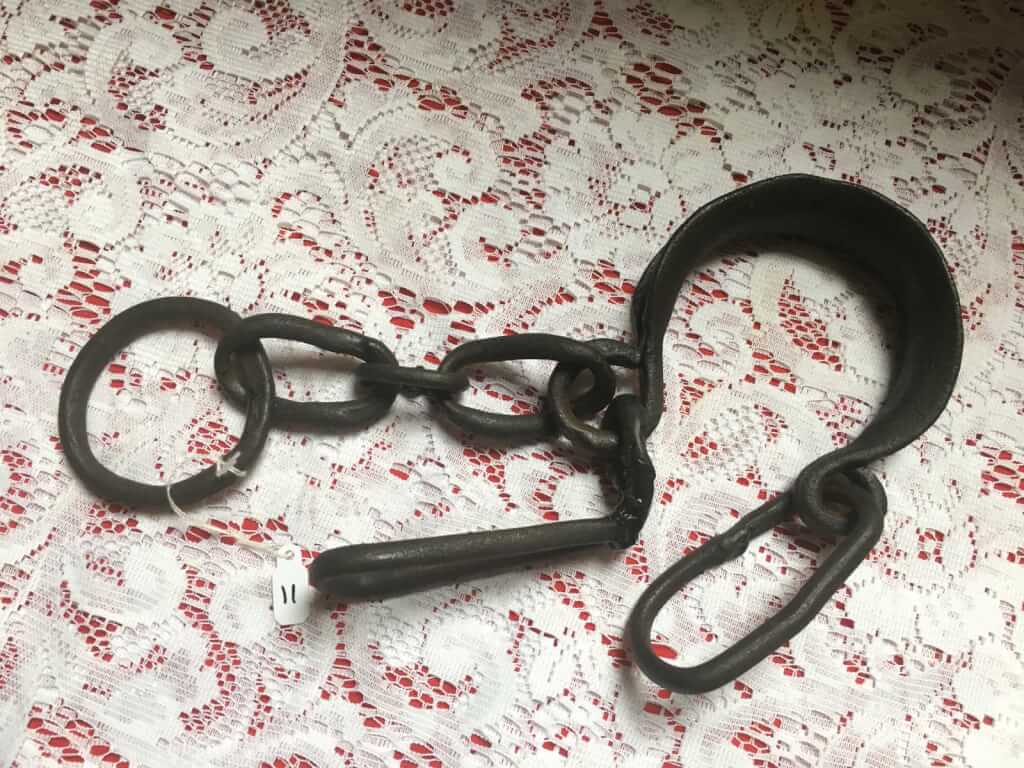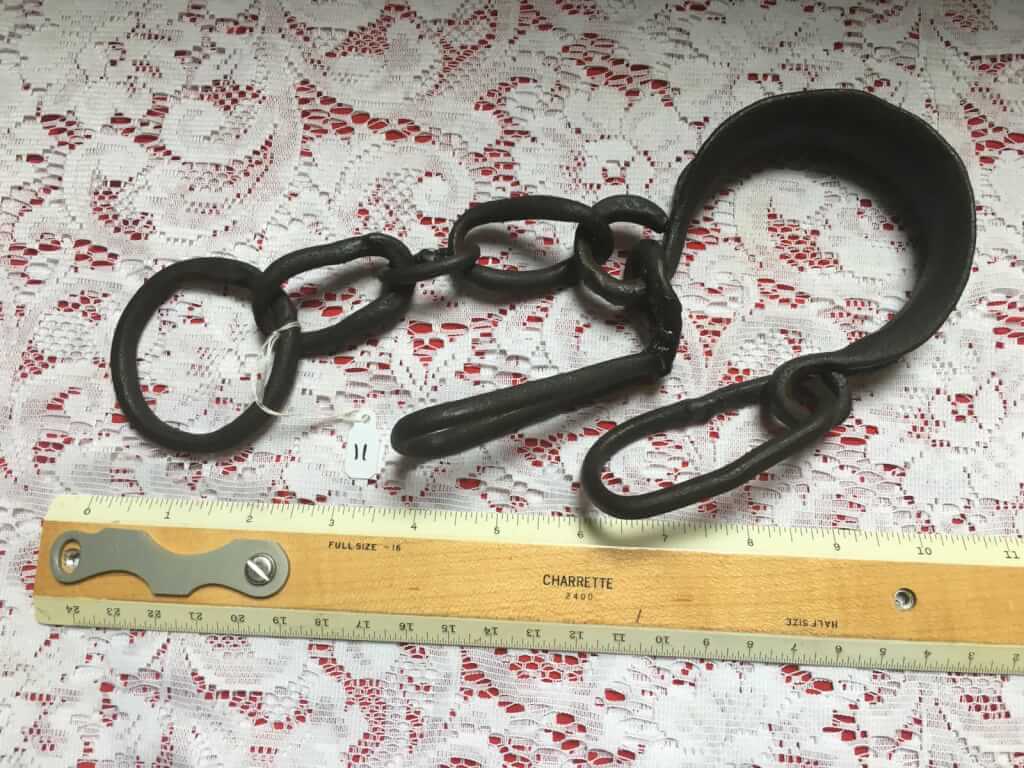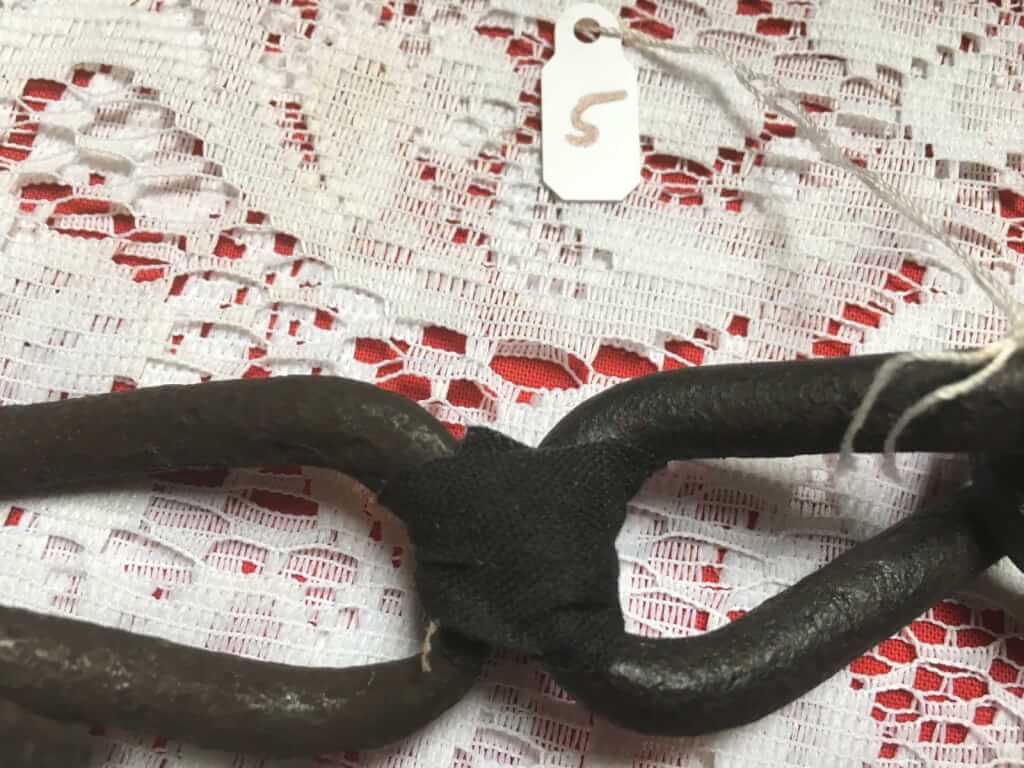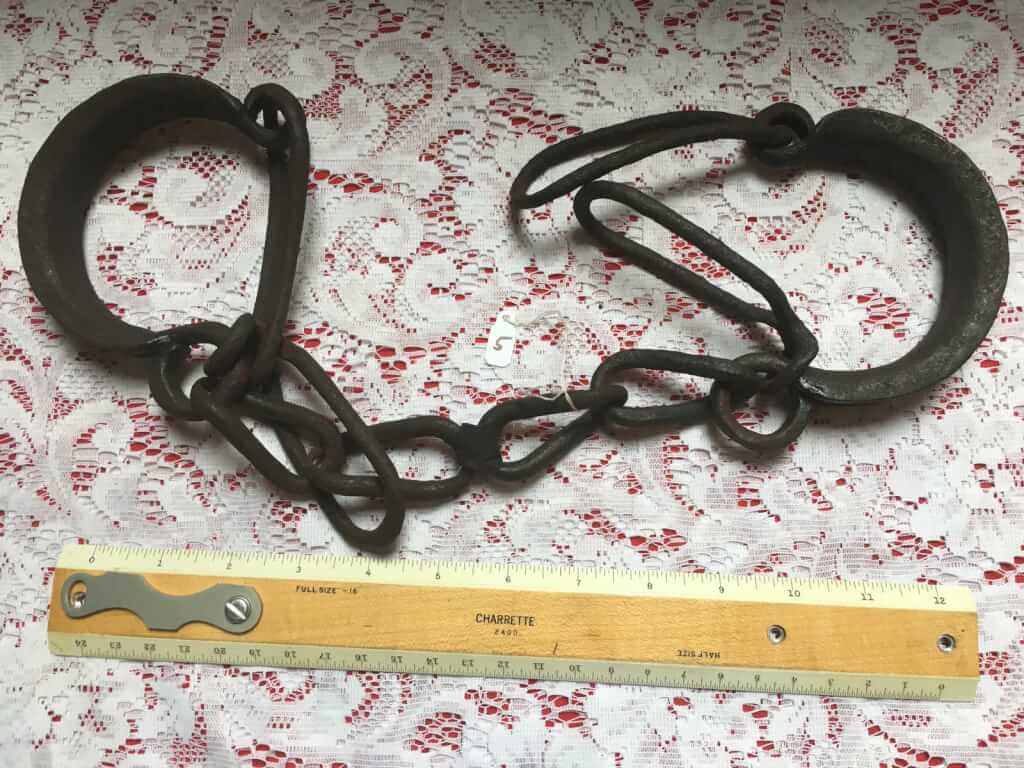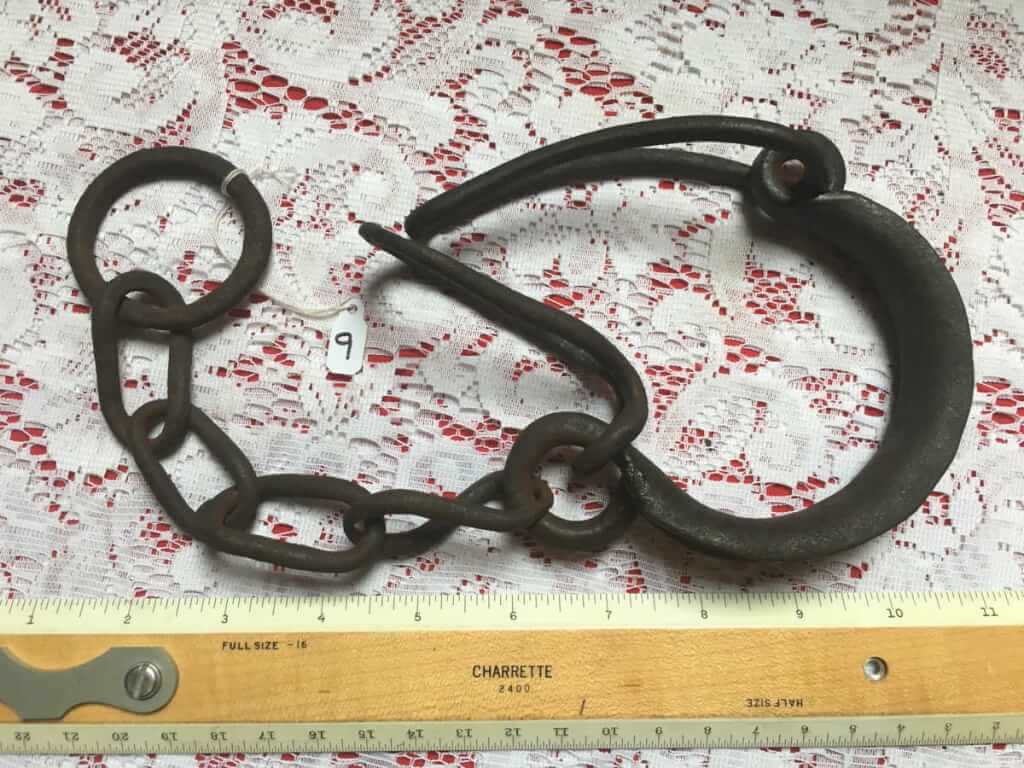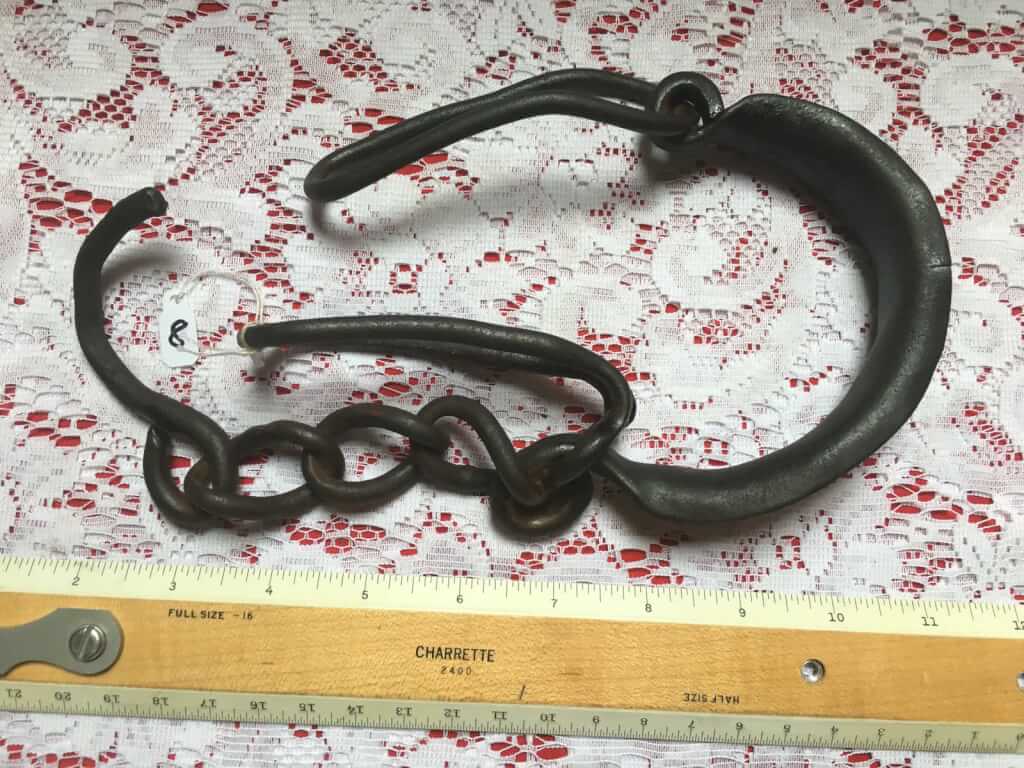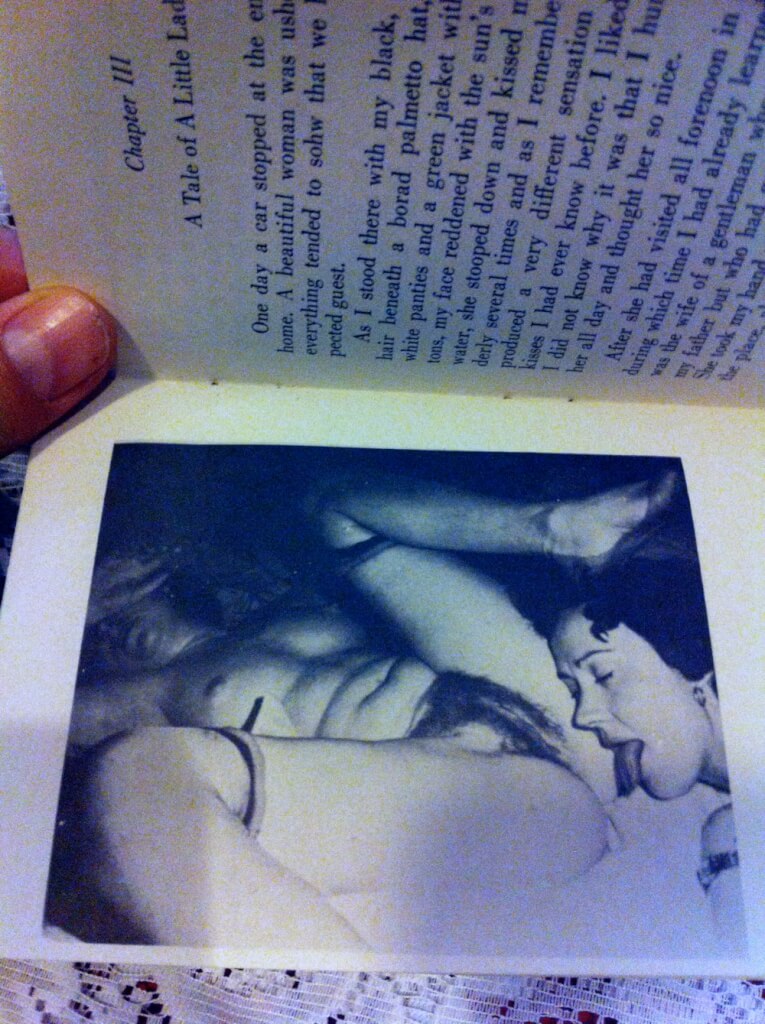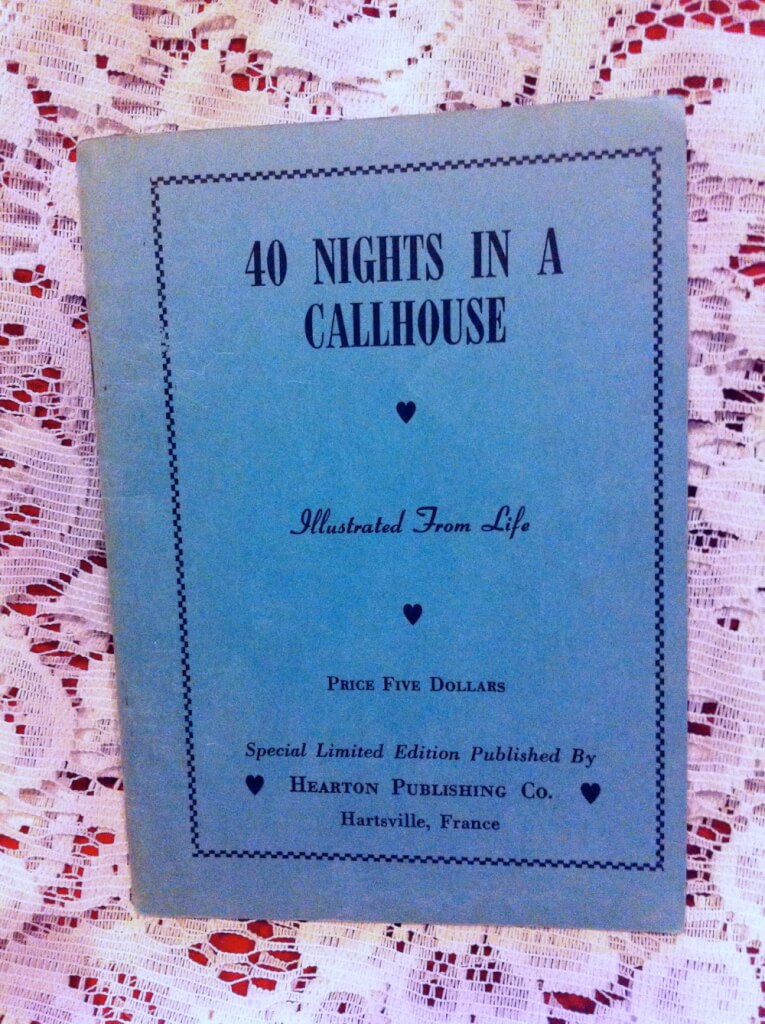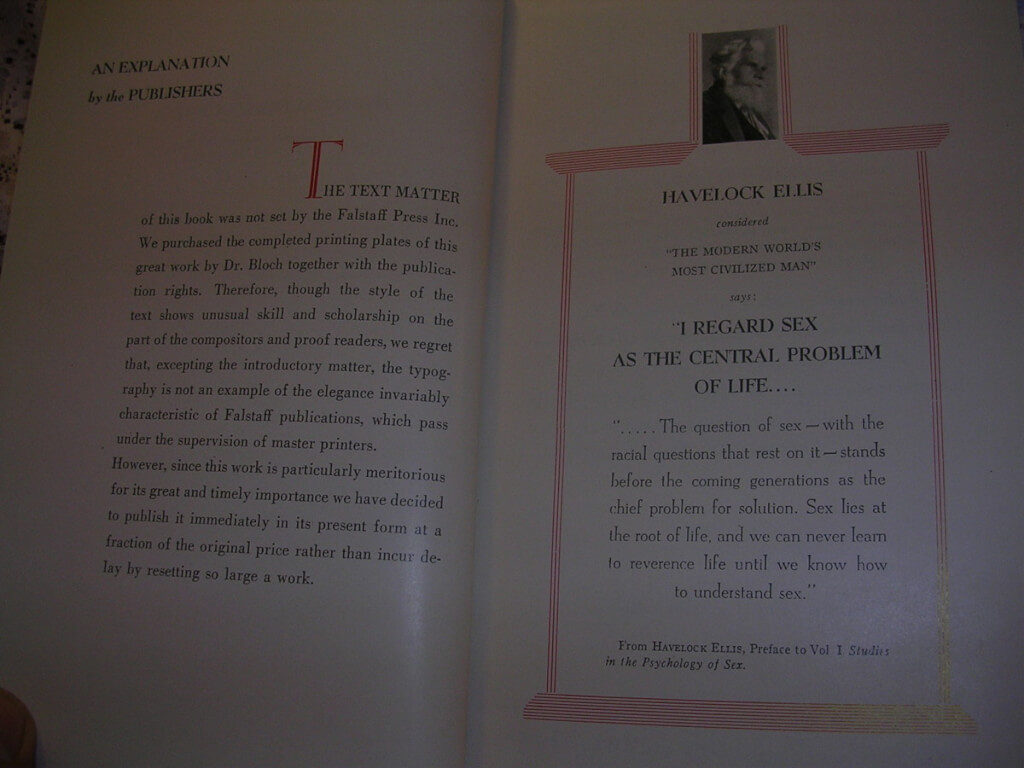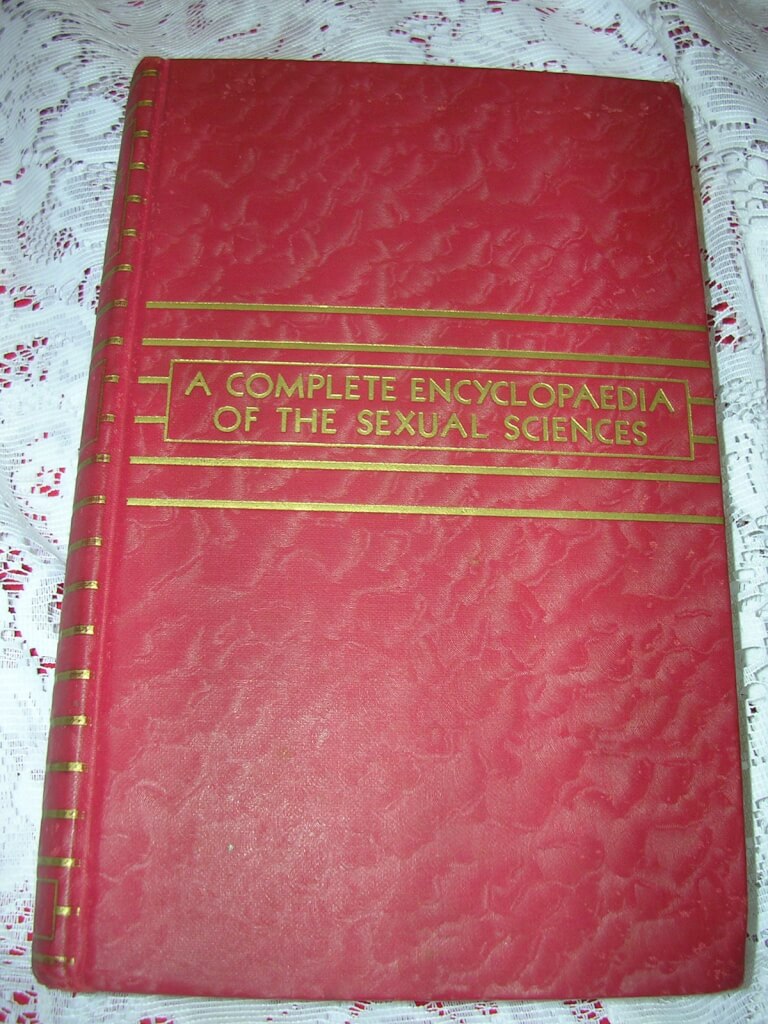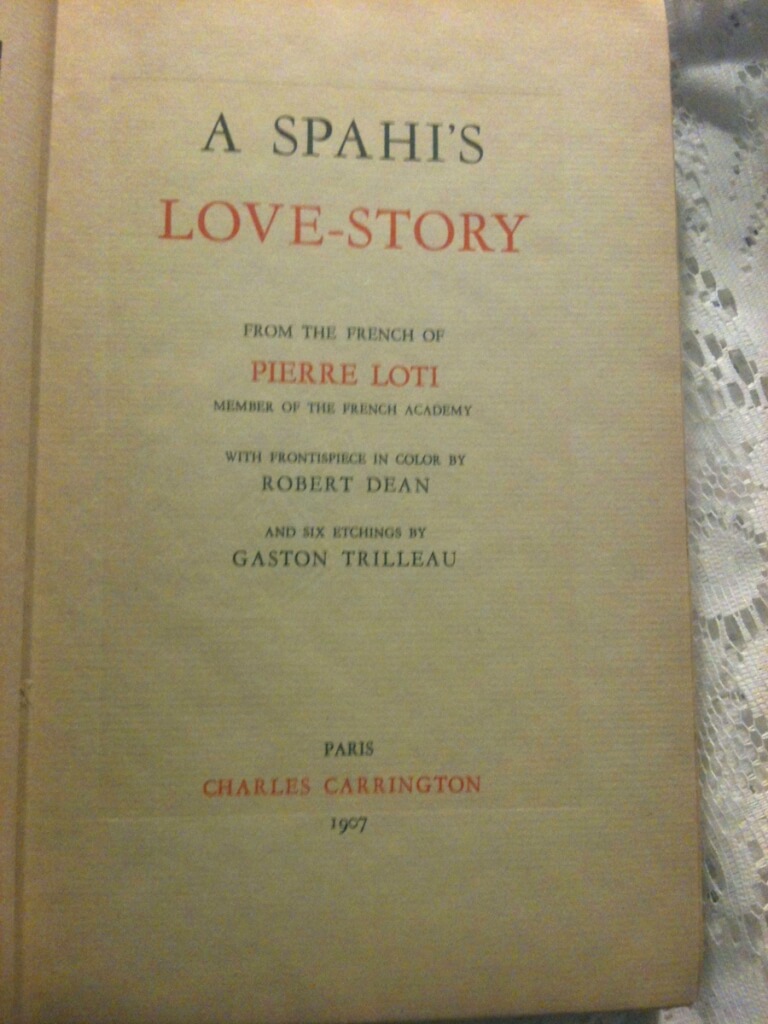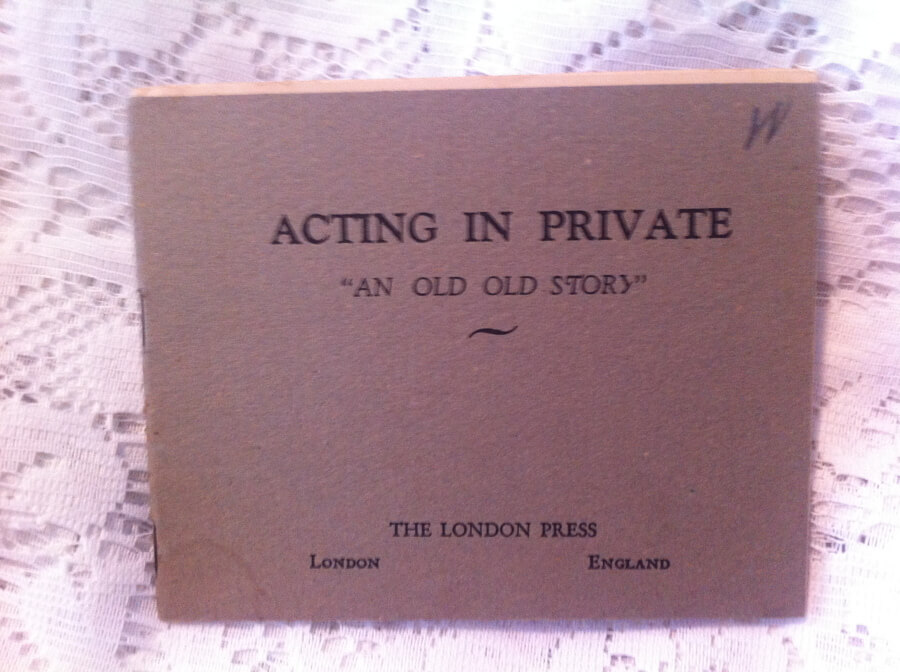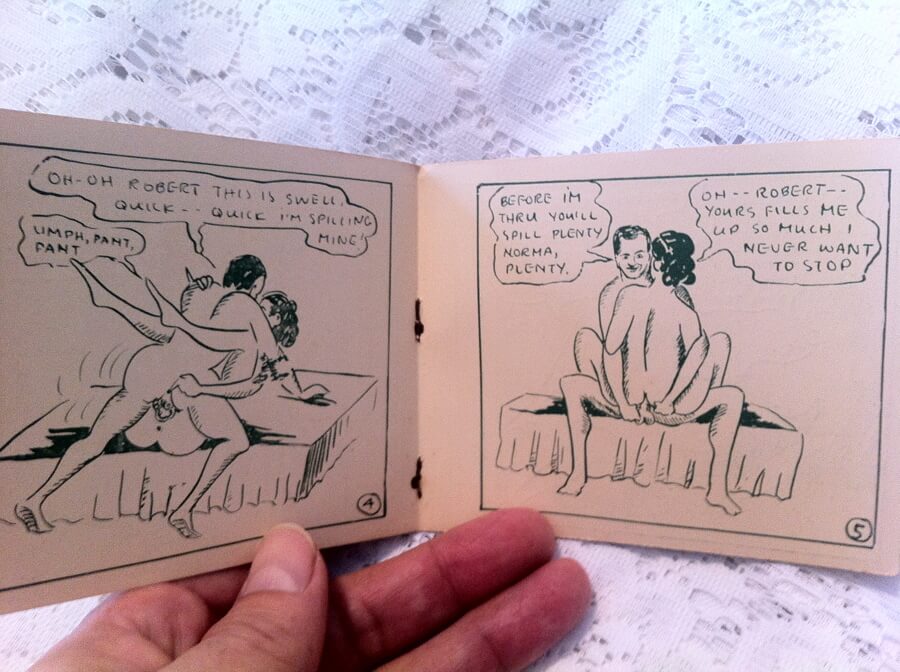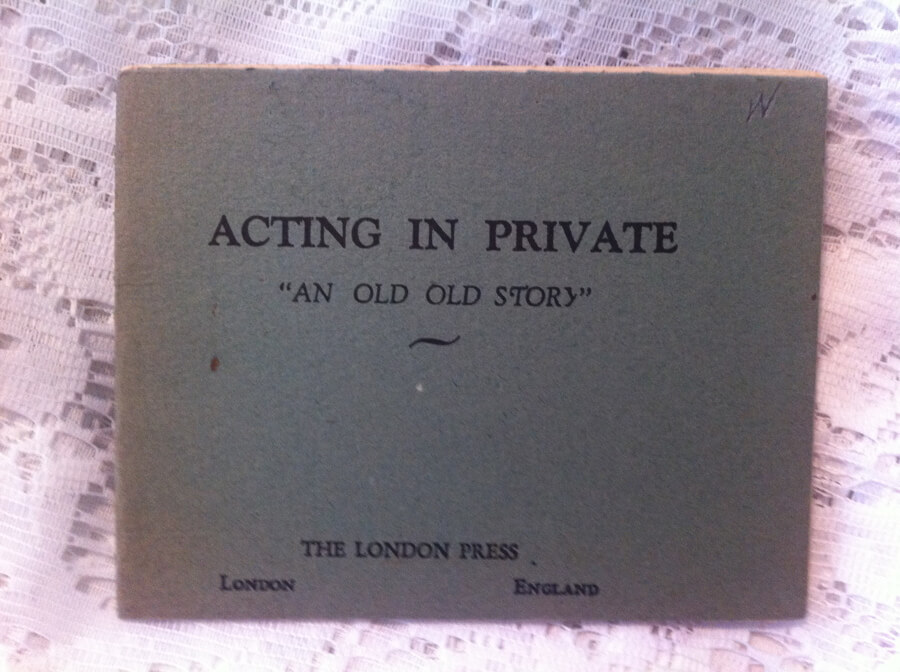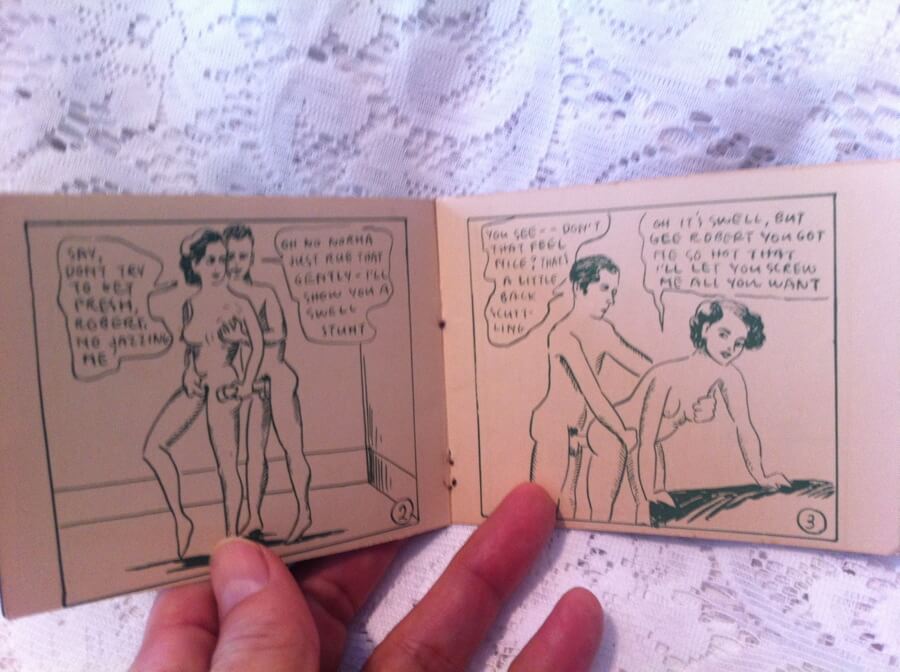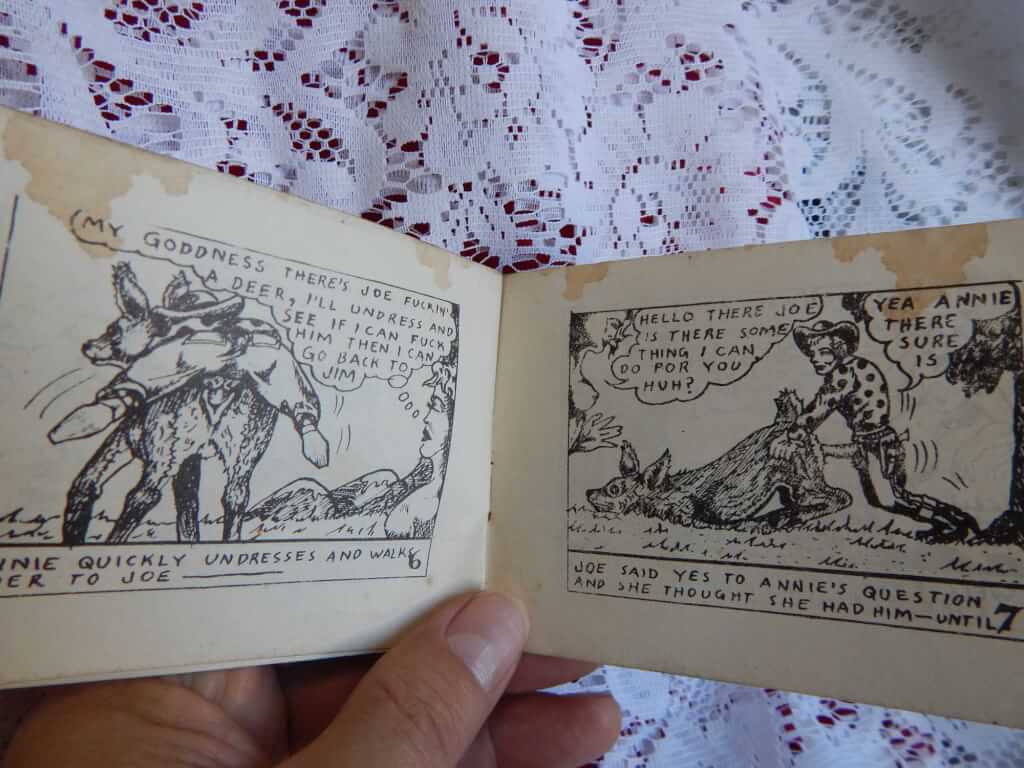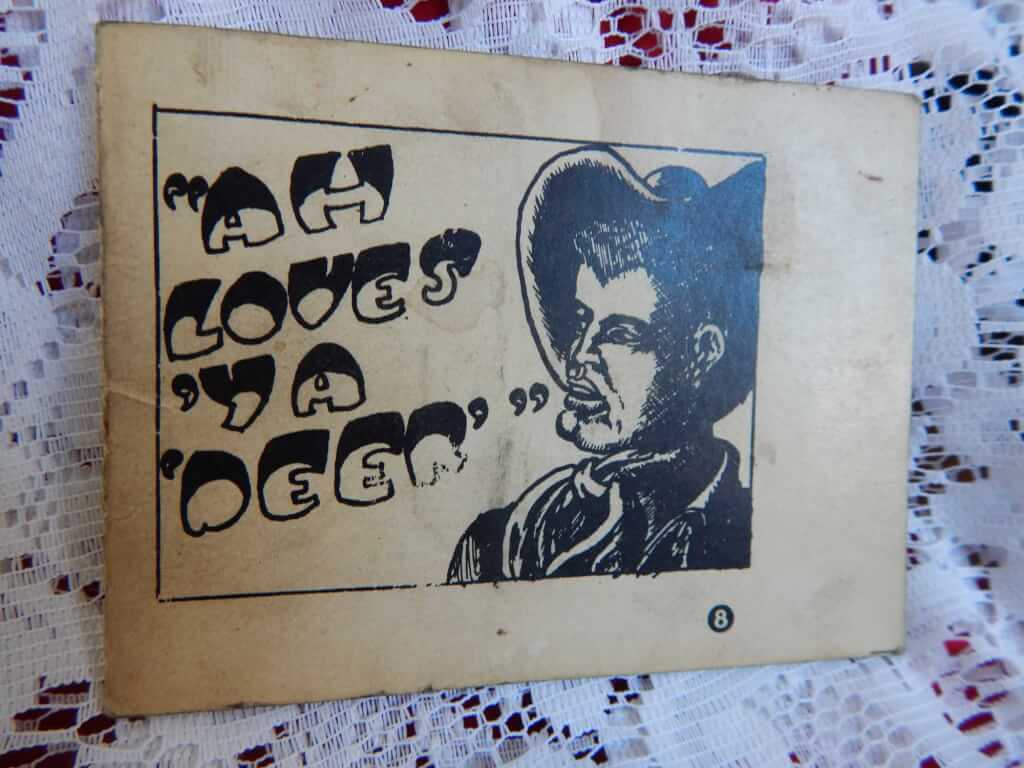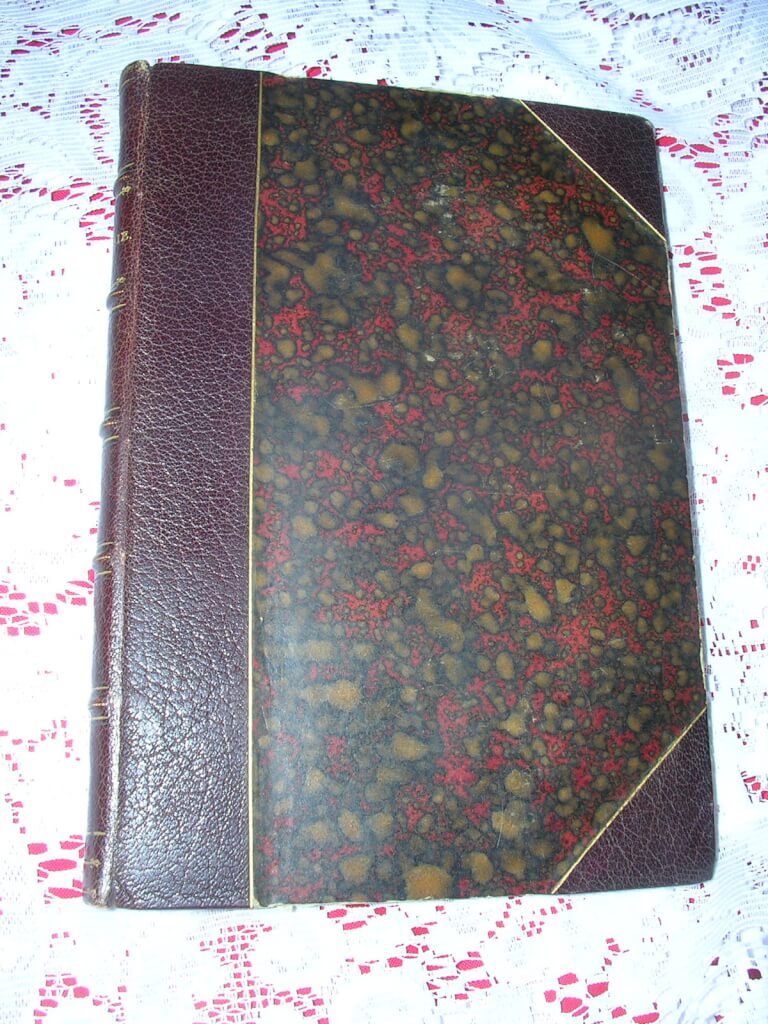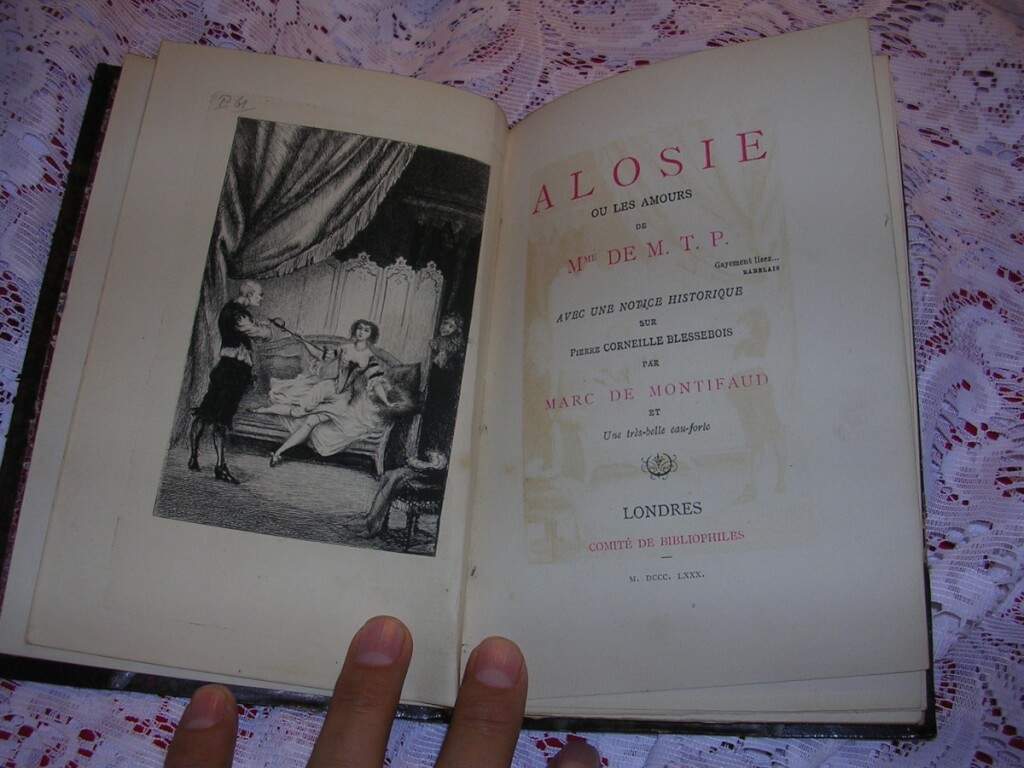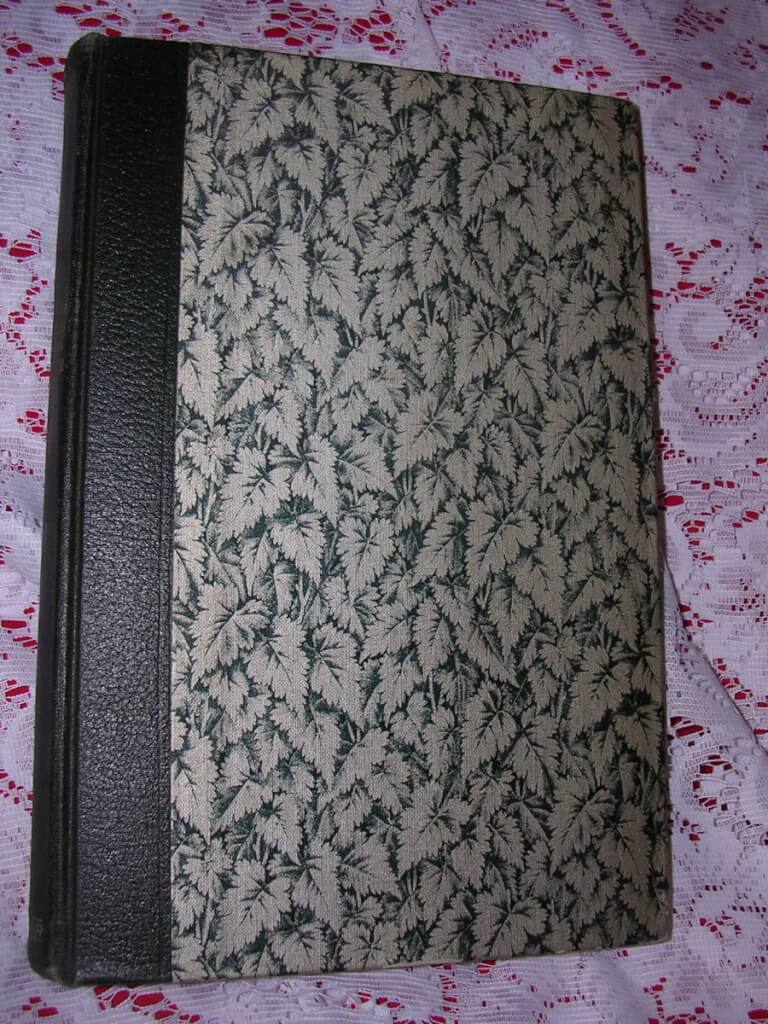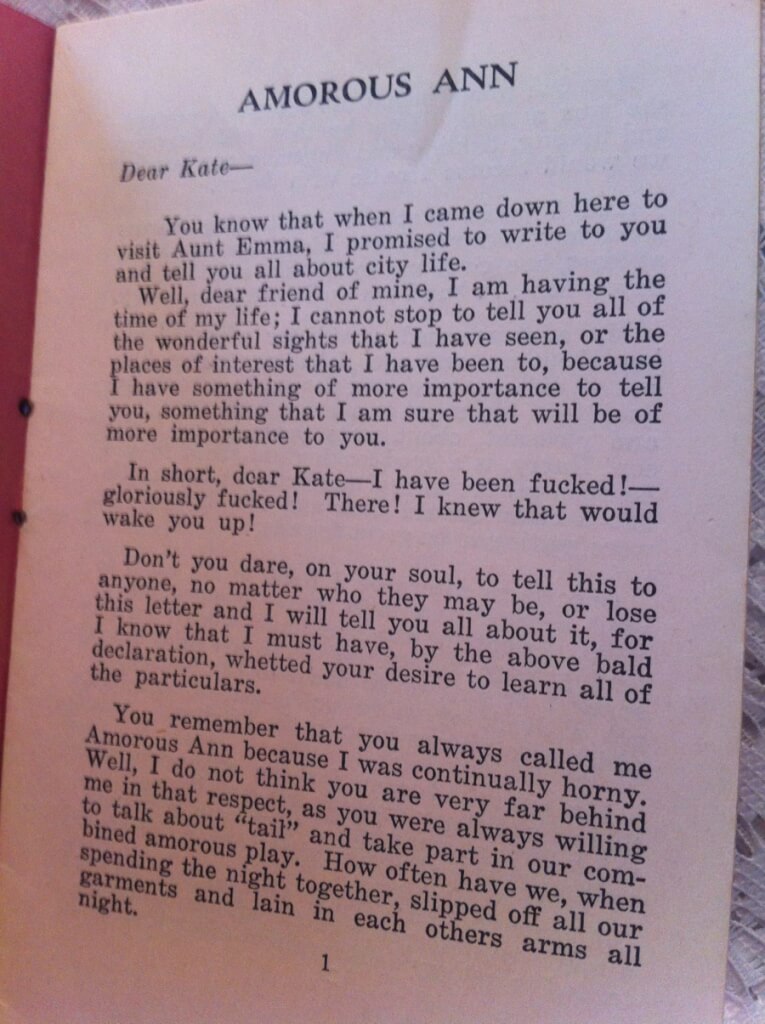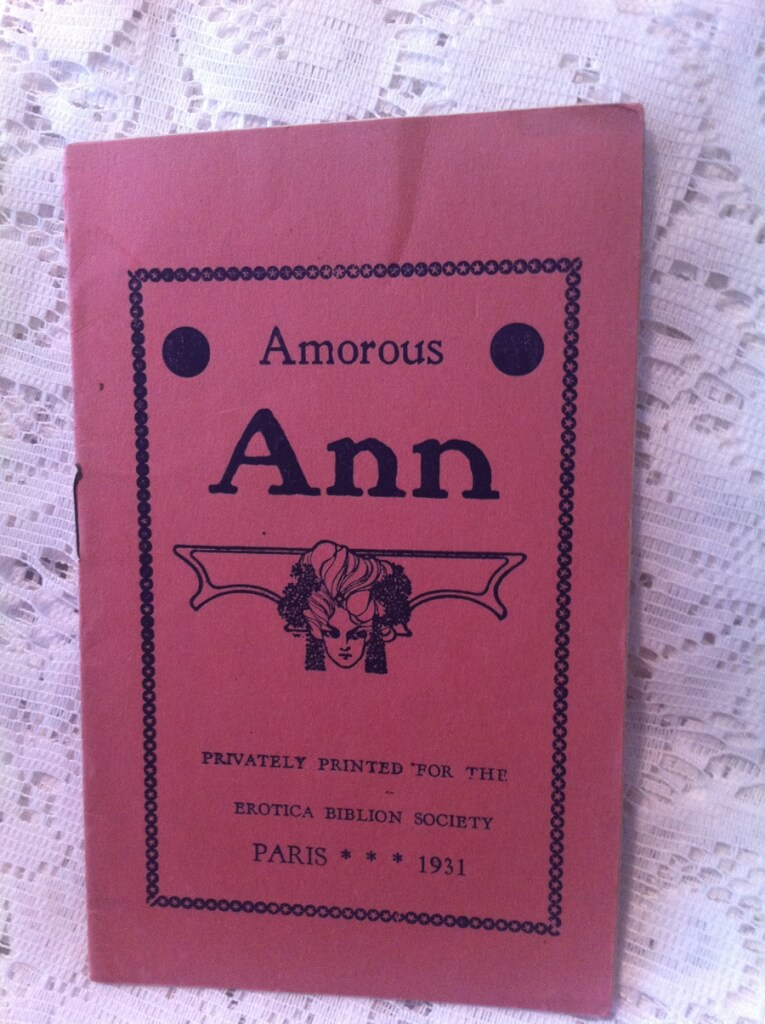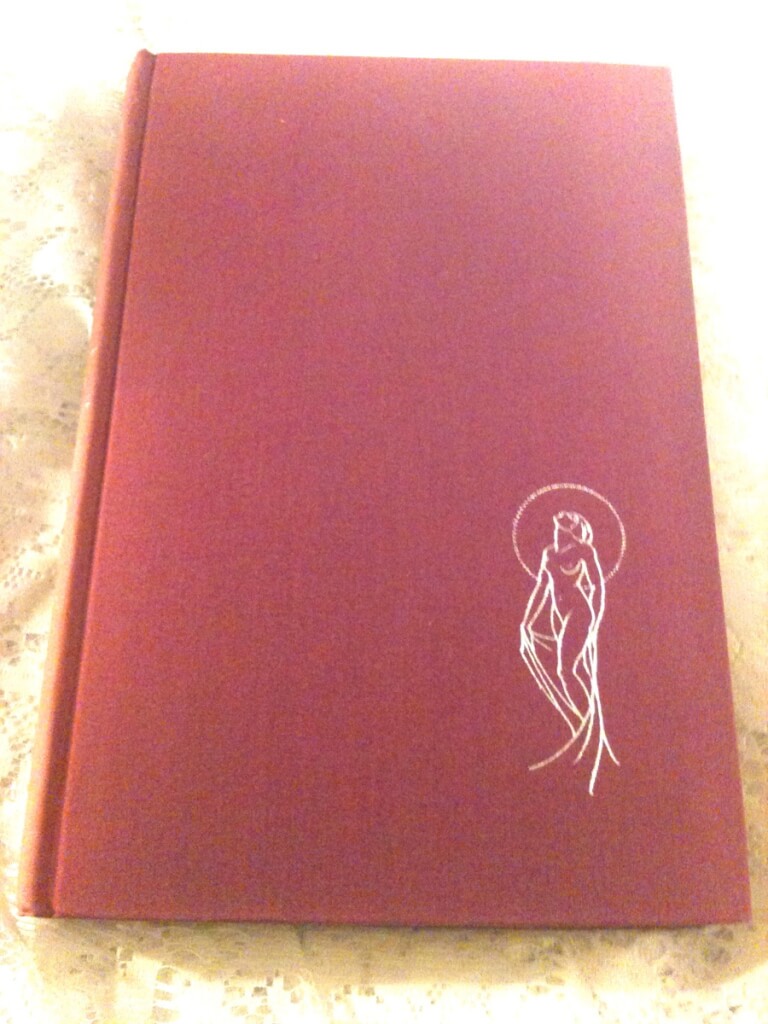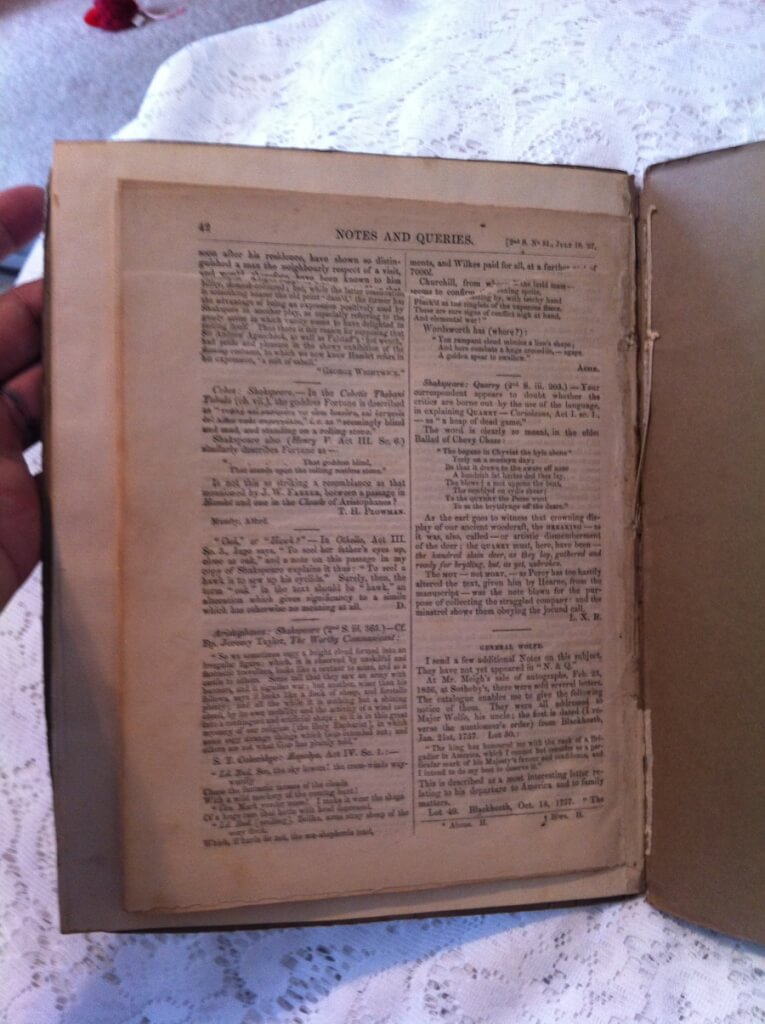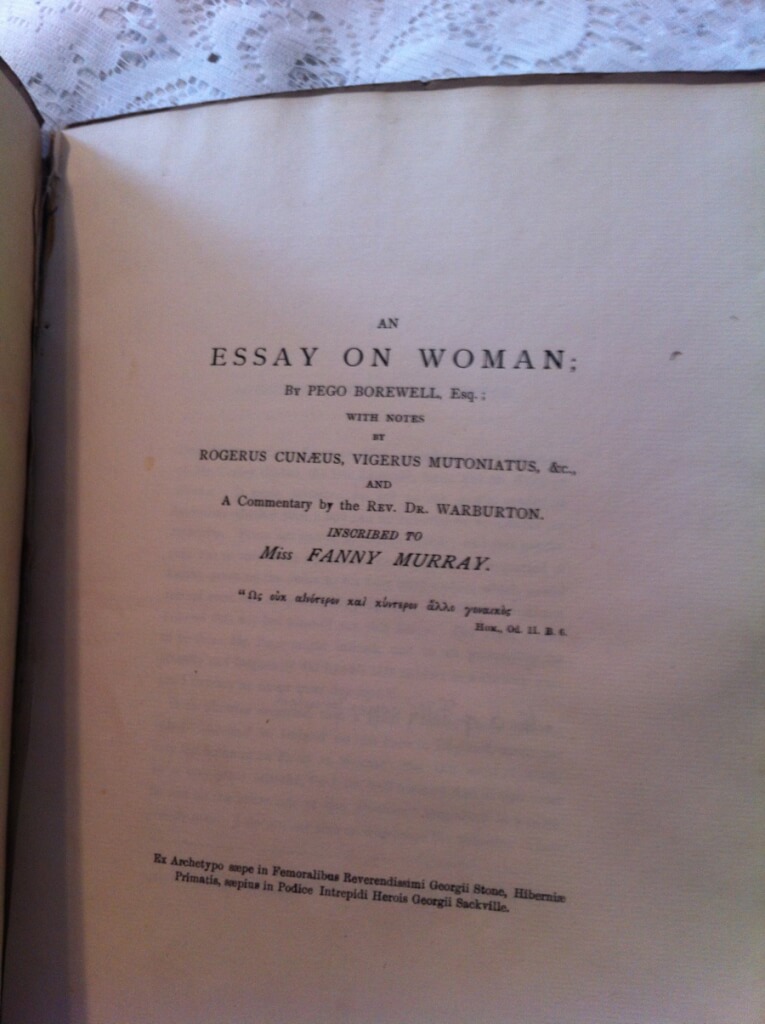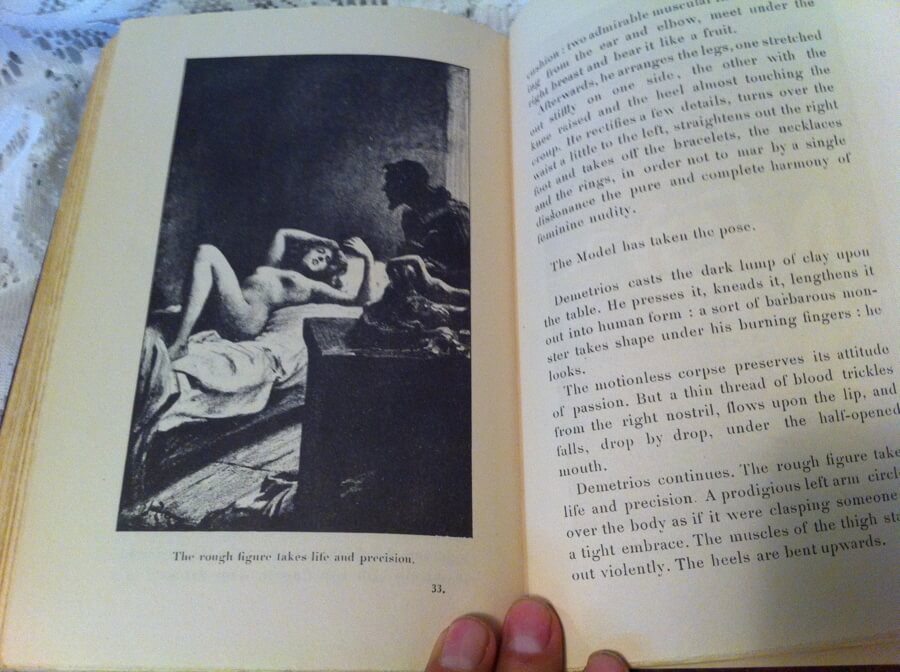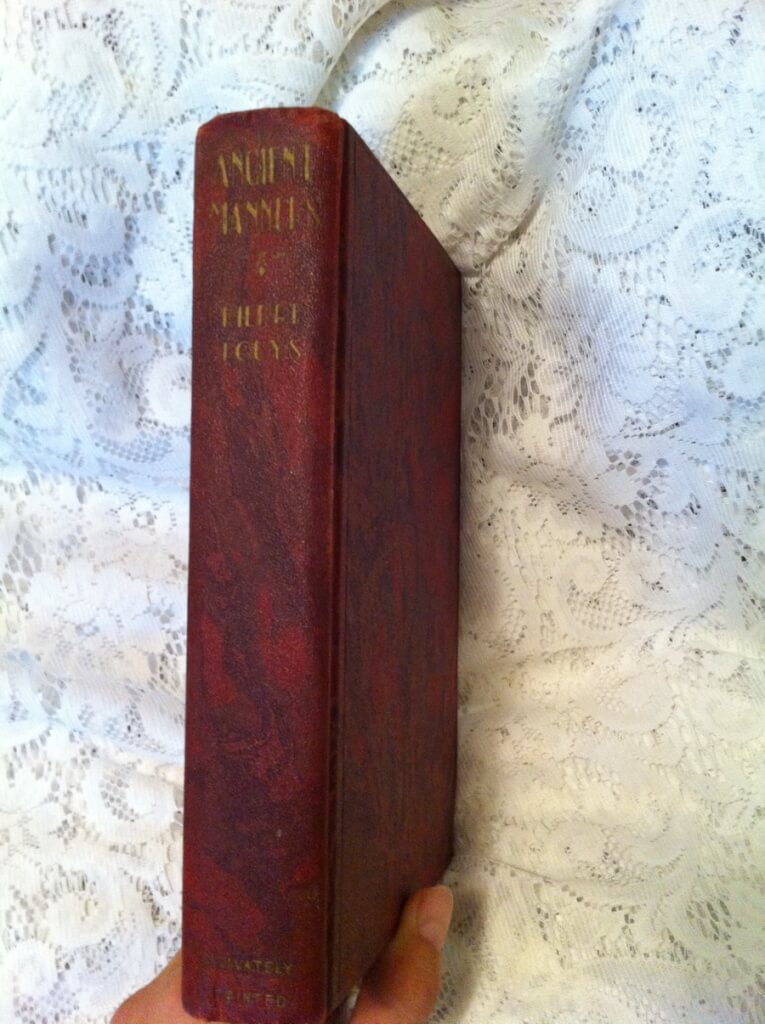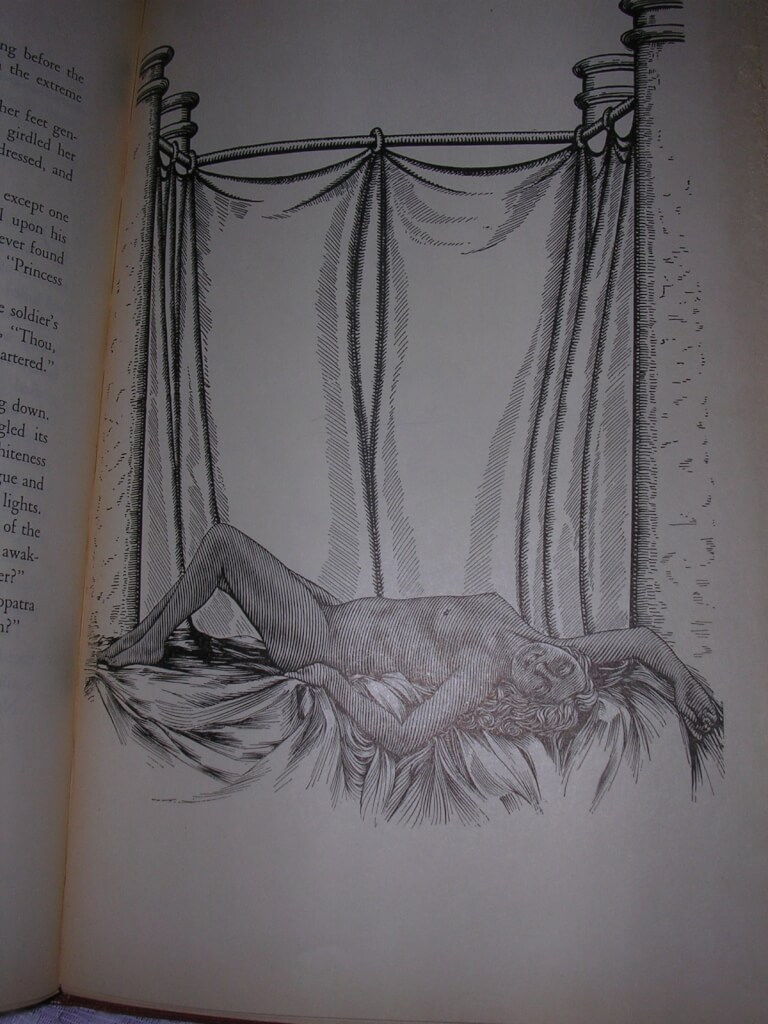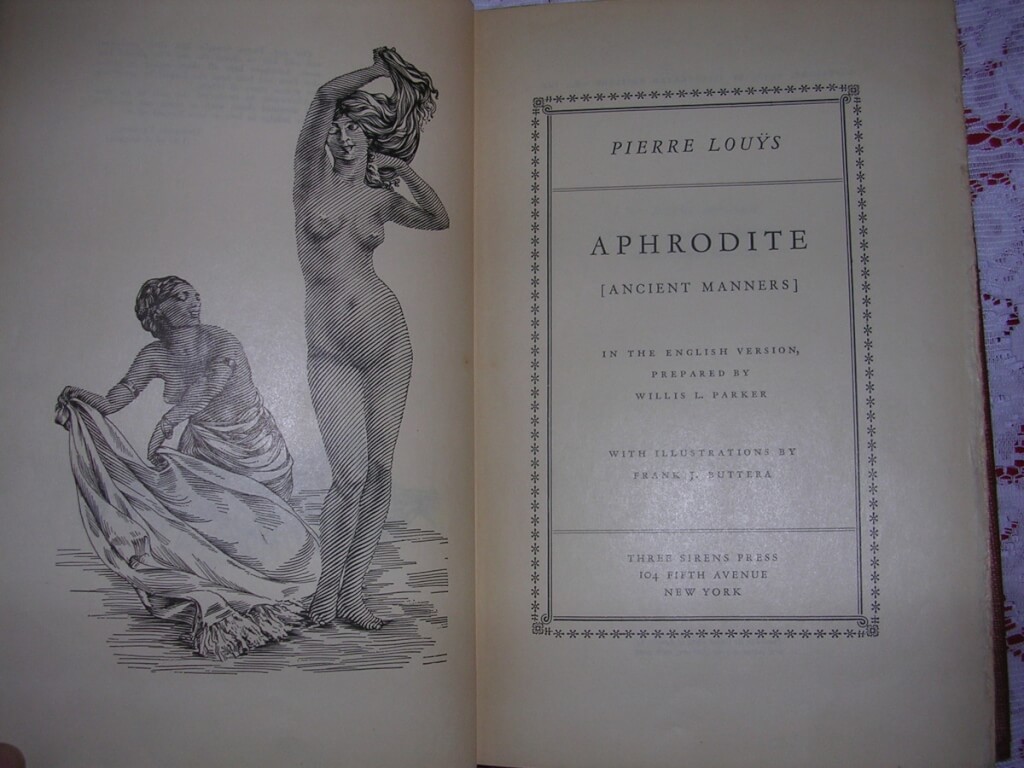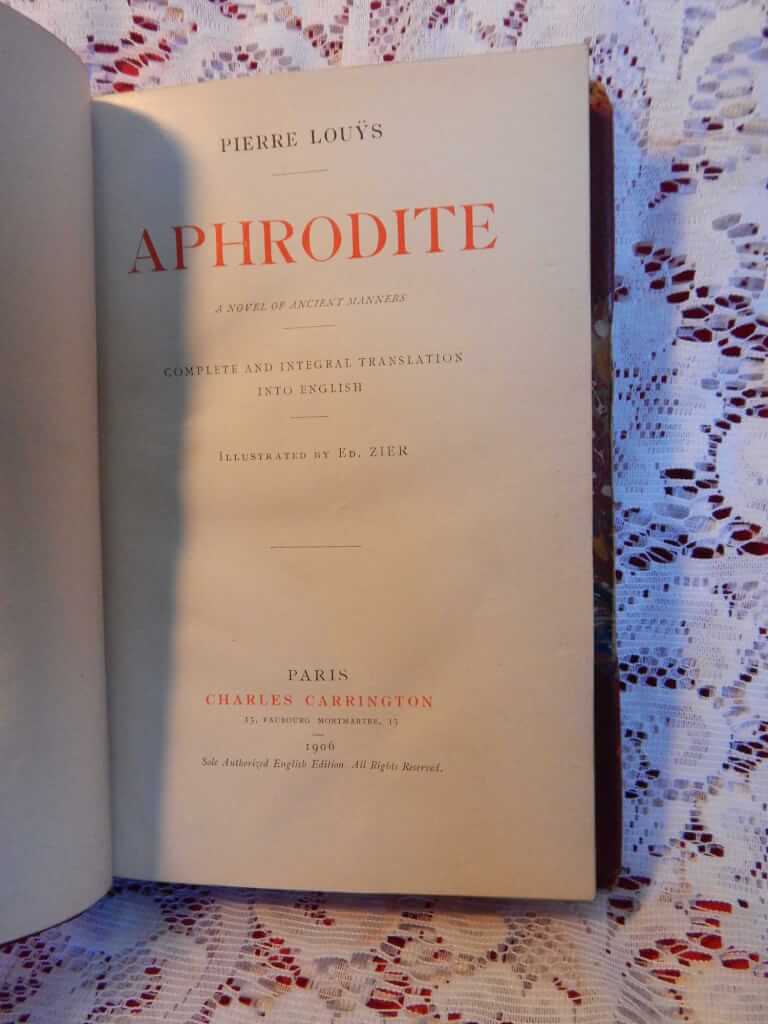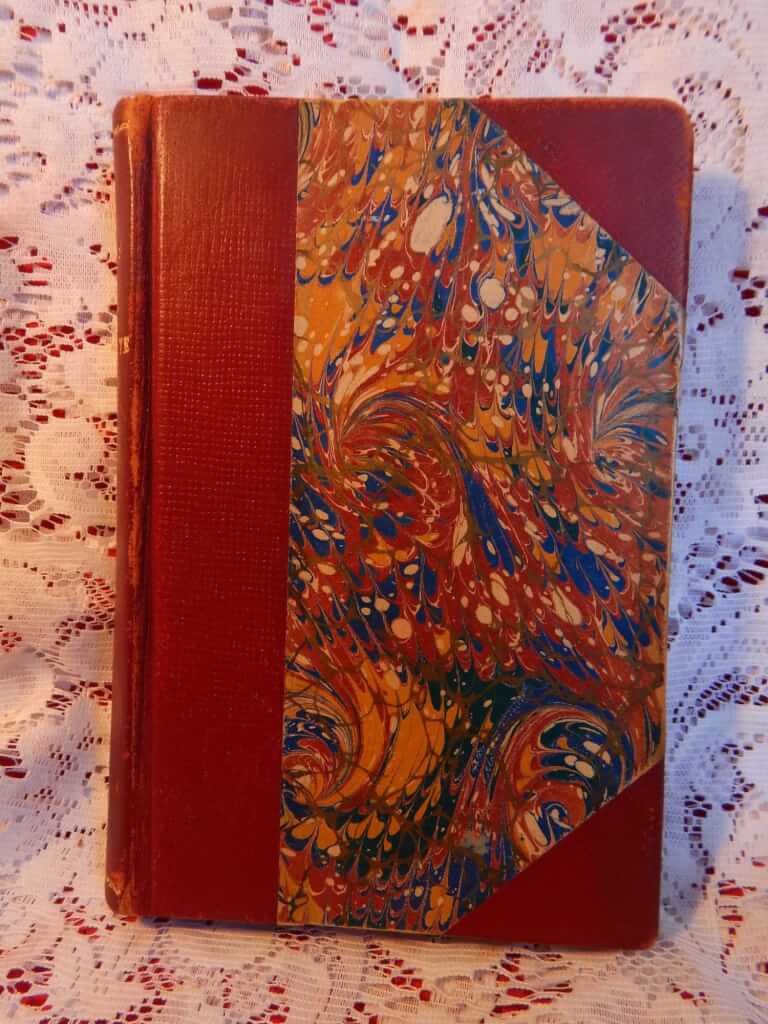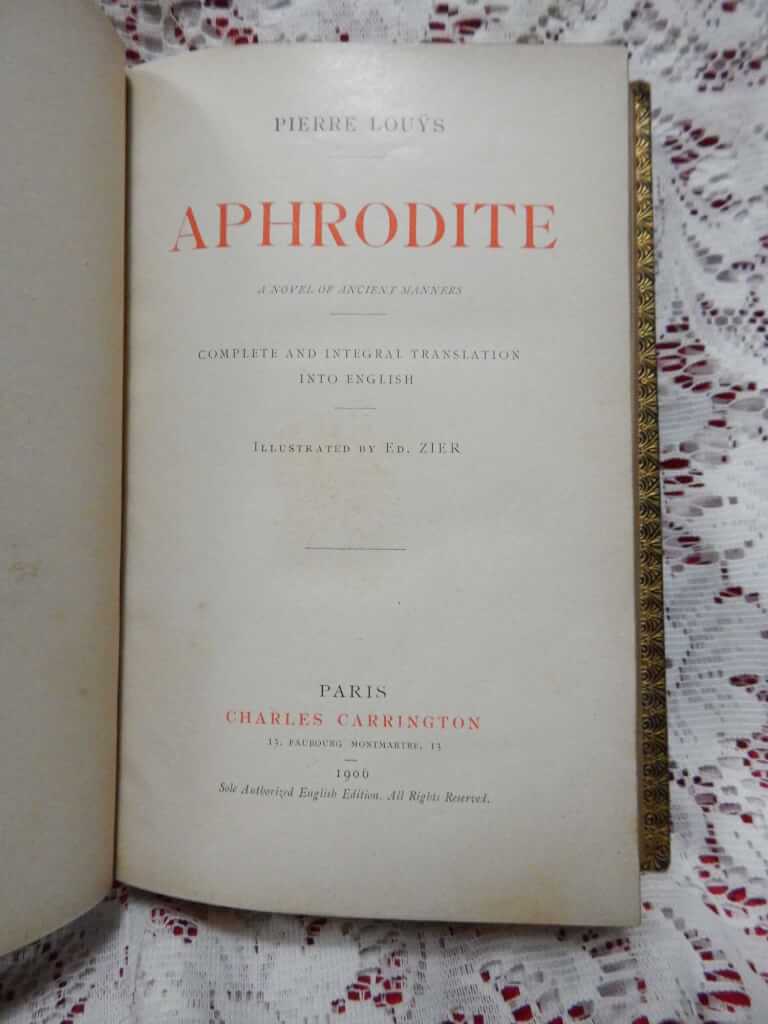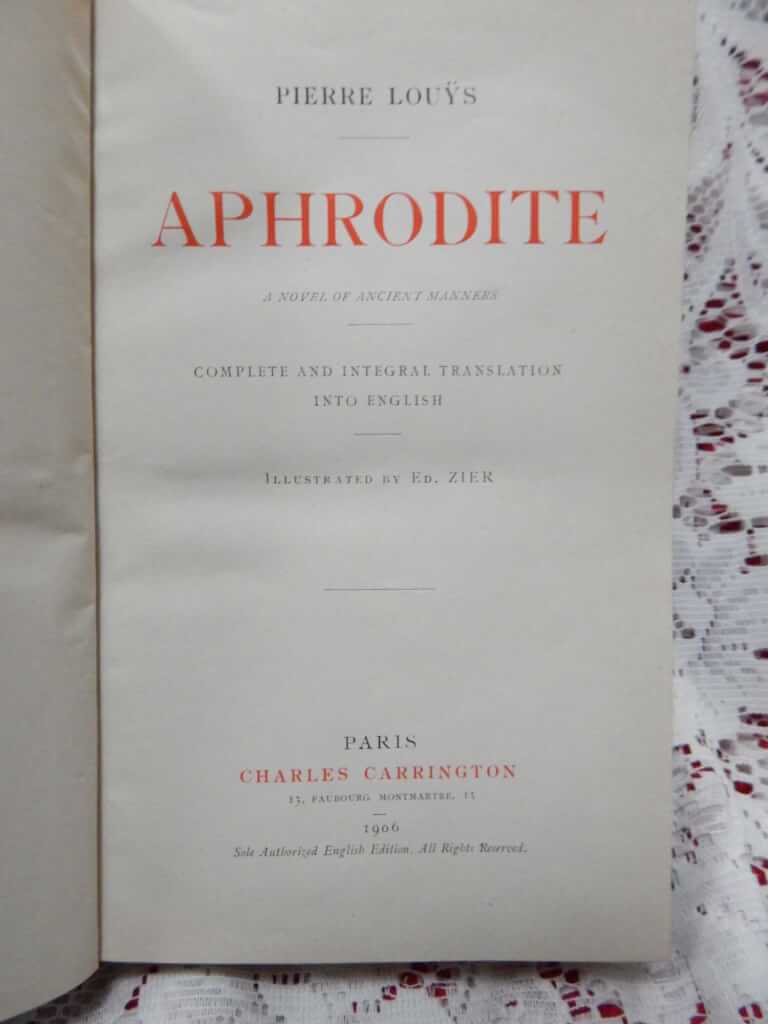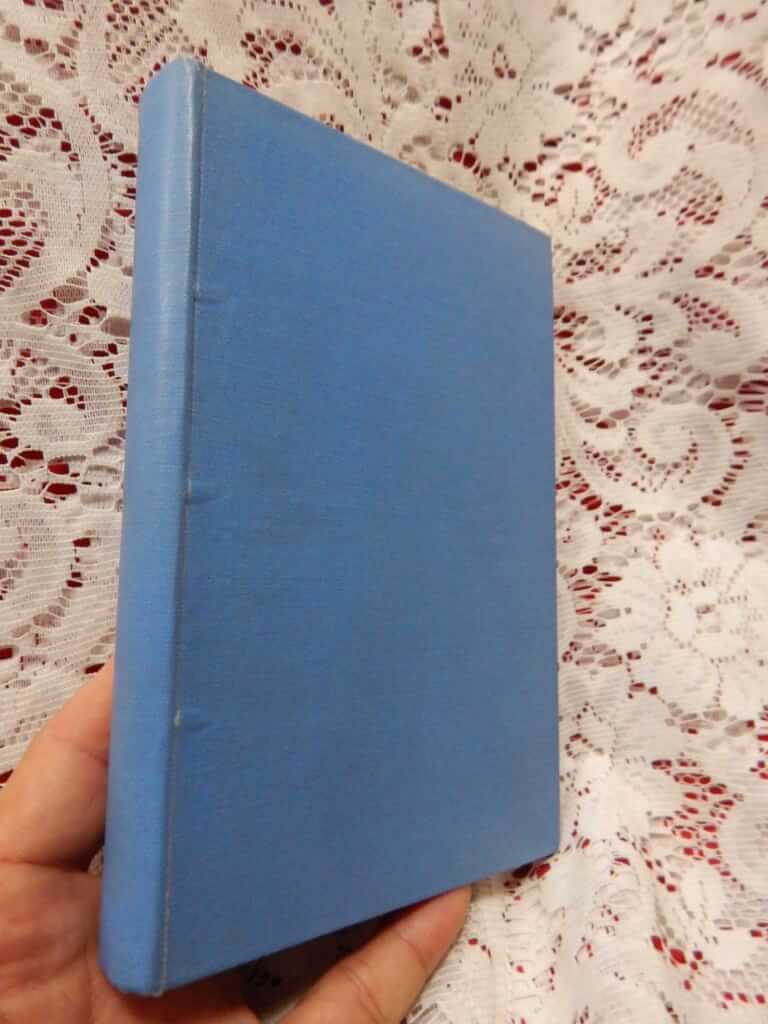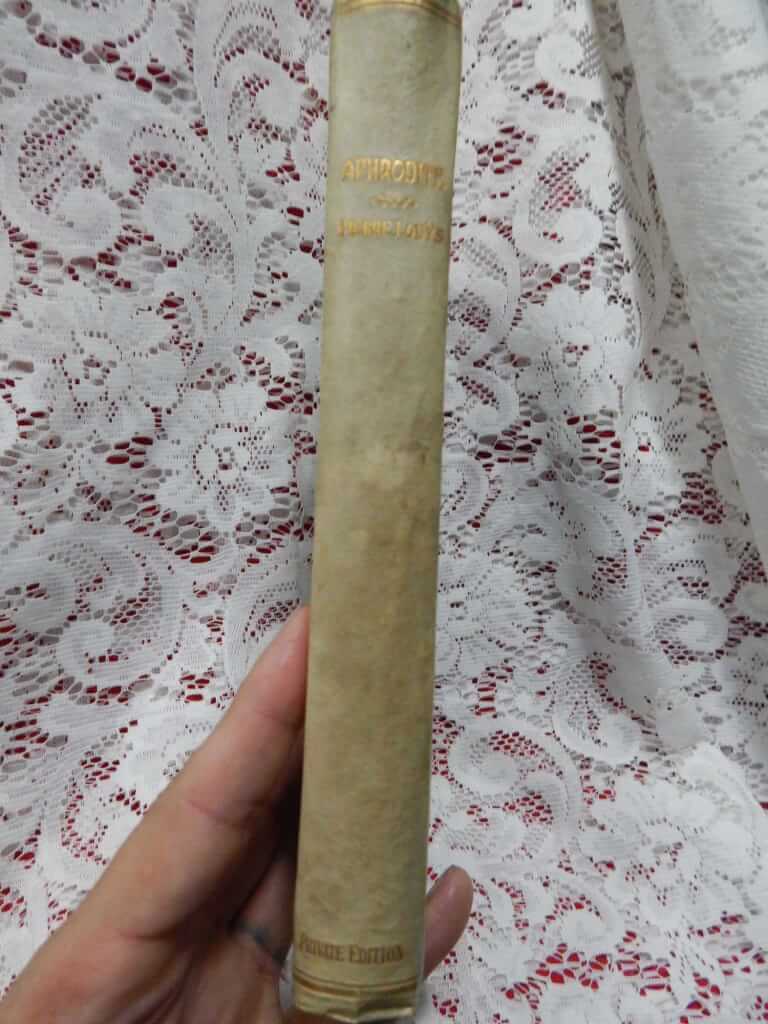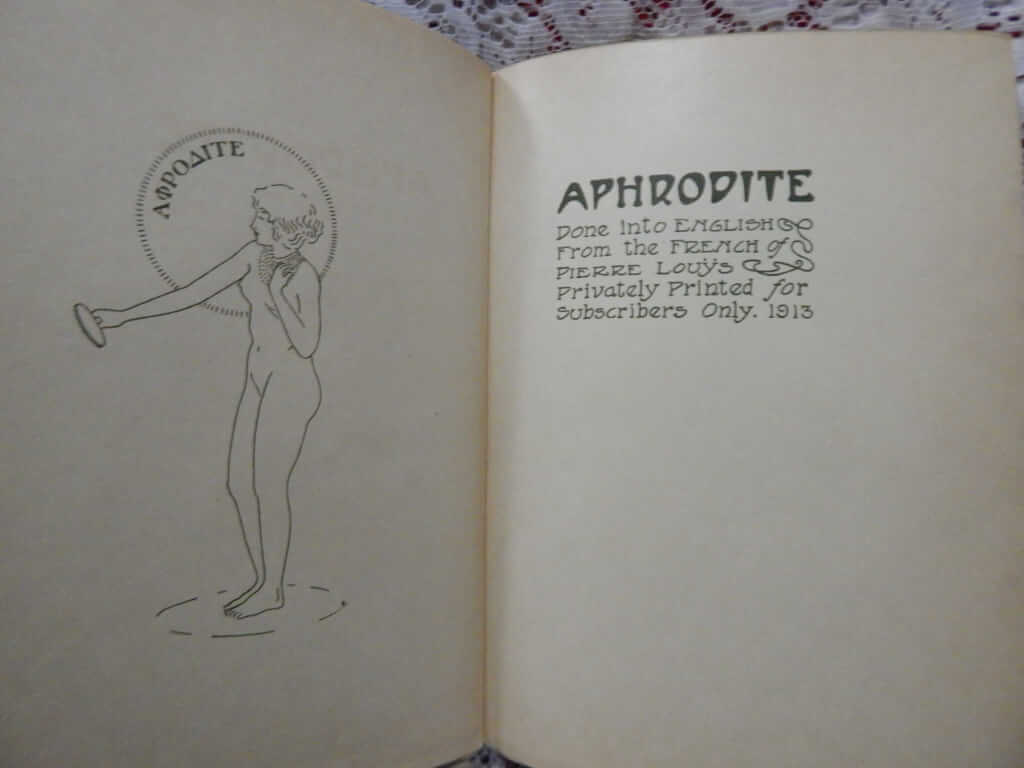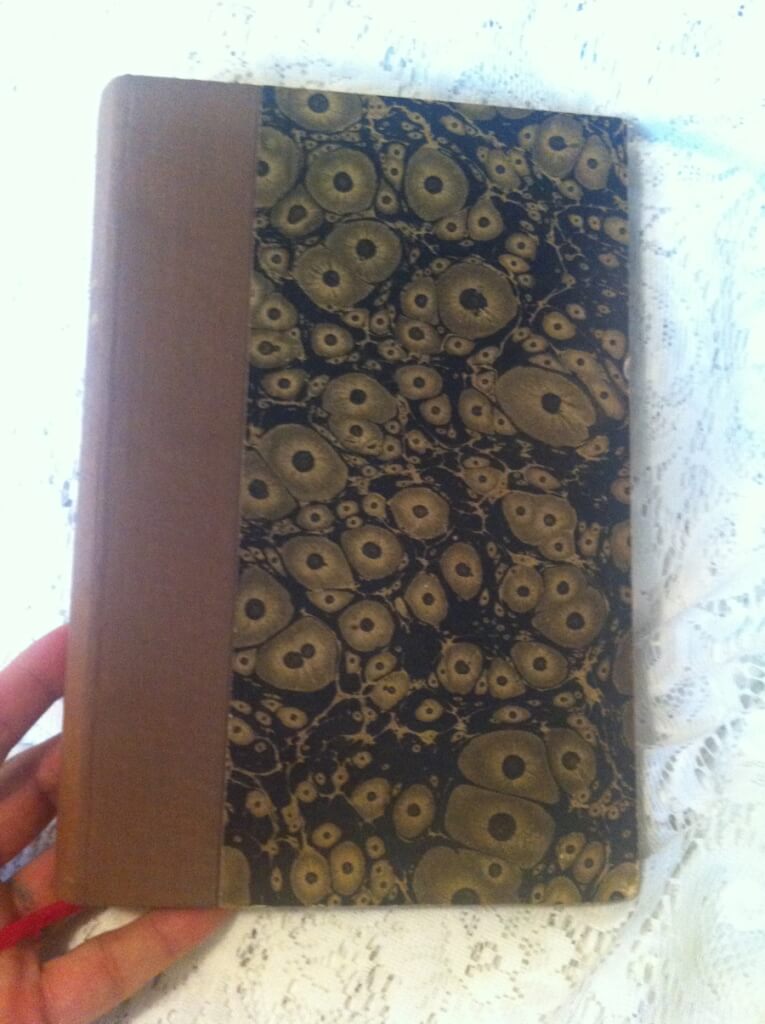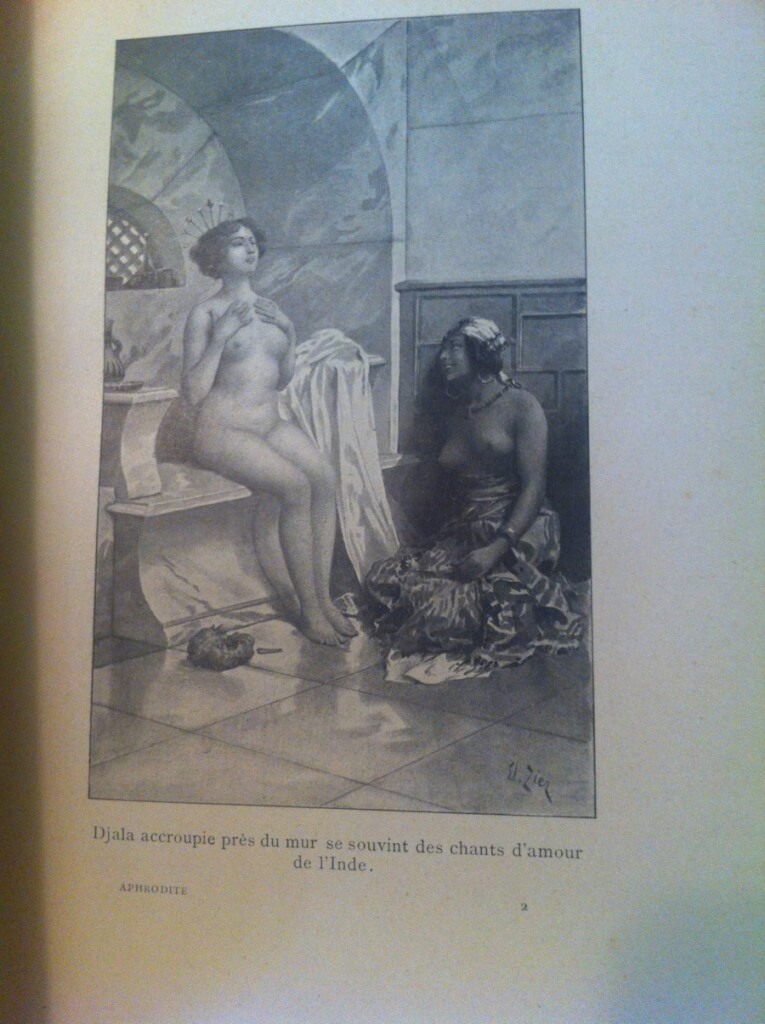2 books bound together:
L'Onanisme, Dissertation Sur Les Maladies Produites Par La Masturbation, Samuel-Auguste Tissot (chez Marc Chapuis, Lausanne, 1778, 5th edition)
Avis Au Peuple, Sur Les Asphyxies ou Morts Apparentes Et Subites: Contenant Les Moyens de les prevenir & d'y remedier, Avec La Description D'Une Nouvelle Boete fumigatoire portative. Publie par order du Gouvernement, Joseph-Jacques de Gardane (chez Rault, Paris, 1774)
4.25” x 6.25”, xiv+272pp + 114pp+2, bound in full calf, gilt title and decorations on spine, ex-libris V. Bertrand of Mareuil-sur-Lay (Vendée) France on front past-down.
These two very notable medical books are bound together.
Why are American men circumcised? Most people will offer some explanation to do with hygiene. But the real reason is that the Founding Fathers considered the presence of a foreskin an encouragement to masturbation, a vice which recent scientific research had shown threatened the very bedrock of civilisation. Their intellectual guide was one Samuel Auguste Tissot, a Swiss physician of the age of Enlightenment who cited self-pollution as responsible for a horde of ailments including jaundice, haemorrhoids, blindness, acne, insanity, epilepsy, delirium, tuberculosis, memory loss, paleness, pimples and death.
Born in 1728 in Grancy, Switzerland, Tissot took up practice in Lausanne and became an expert on syphilis. Wrongly identifying the third-stage sequelae of syphilis as the results of excessive masturbation, he produced a book with two subtitles which became an international best-seller: Onanism: Or, a Treatise Upon the Disorders produced by Masturbation: Or, the Dangerous Effects of Secret and Excessive Venery (1760). In Onanism Tissot abandoned the moral and theological tone of previous commentators, taking the exclusively medical view that the human body had to maintain a delicate balance between nutrition on the one hand and fluid loss on the other. The emission of semen or vaginal fluid through repetitive, addictive non-procreative sex could tip the system into disastrous imbalance, especially since every ounce of the magic sexual excrement was equivalent to 40 ounces of blood. Tissot described a typical sufferer from excessive masturbation, or spermatorrhoea:
“I went to his home; what I found was less a living being than a cadaver lying on straw, thin, pale, exuding a loathsome stench…A pale and watery blood often dripped from his nose, he drooled continually; subject to attacks of diarrhea, he defecated in his bed without noticing it; there was constant flow of semen…Thus sunk below the level of the beast, it was difficult to believe that he had once belonged to the human race.” Women could be tempted through a variety of stimuli, including novels, horseback riding, perfumes, corsets, feather beds, prolonged mental effort, pockets, bananas, society, solitude, spanking, rocking chairs and paintings (both oil and watercolor). “The humor they lose being less precious, less perfected than male sperm,” Tissot wrote humorlessly, “its loss does not perhaps weaken them as quickly, but when they indulge excessively, their nervous system being weaker and naturally more inclined to spasm, the troubles are more violent.”
Joseph-Jacques de Gardane was a doctor and Royal Censor in Paris. In addition to the treatment of syphilis, he was concerned, as in this work, with the subject of asphyxiation death. In this rare work, translated as “Notice to the people, on asphyxia or related and sudden deaths. Contained here: The means to prevent them & their remedy. With the description of a new Boëte portable fumigator. Published by order of the Government” A medical revolution of the day when asphyxiation, like most maladies, was treated by leeches, Gardane’s approach to curing drowning was a “fumigator” which was a convenient invention for blowing tobacco smoke into the anus. Yes, LITERALLY blowing smoke up one’s ass! There are fold-out engravings with a diagram of the device and demonstration on its proper use.

















